
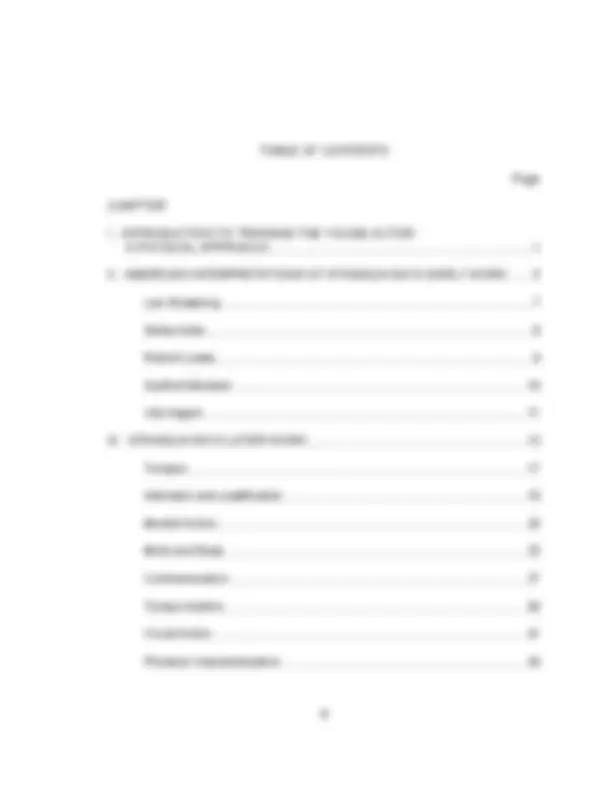
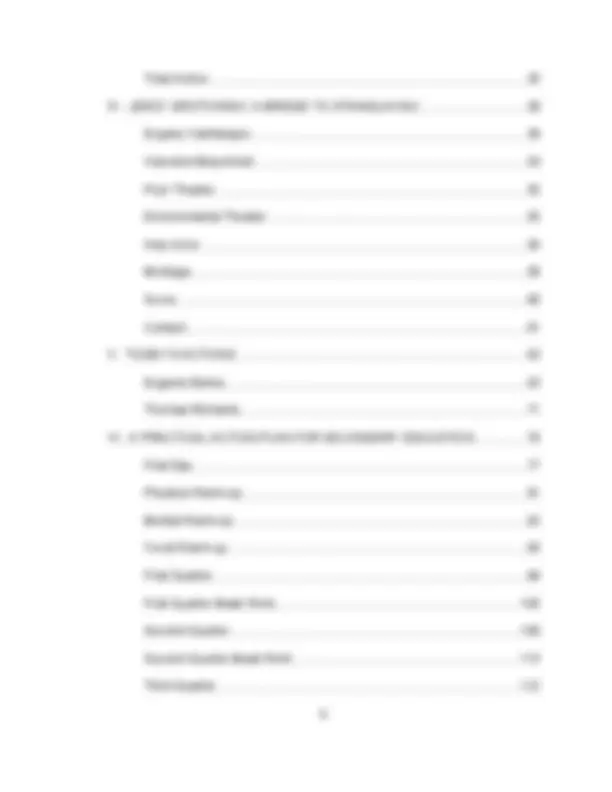
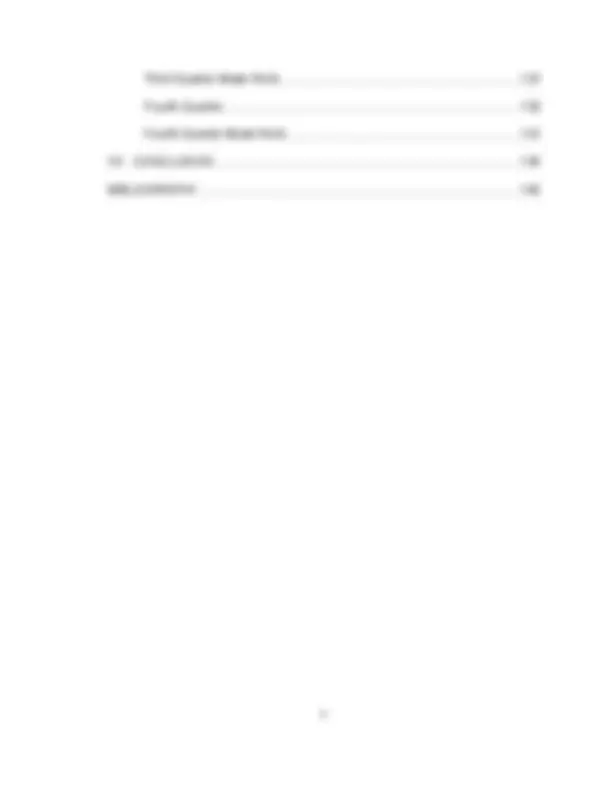
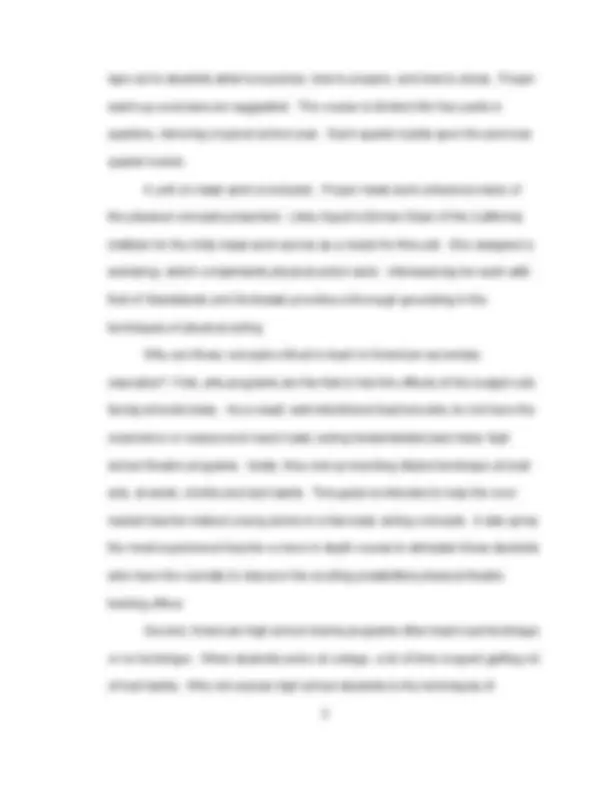
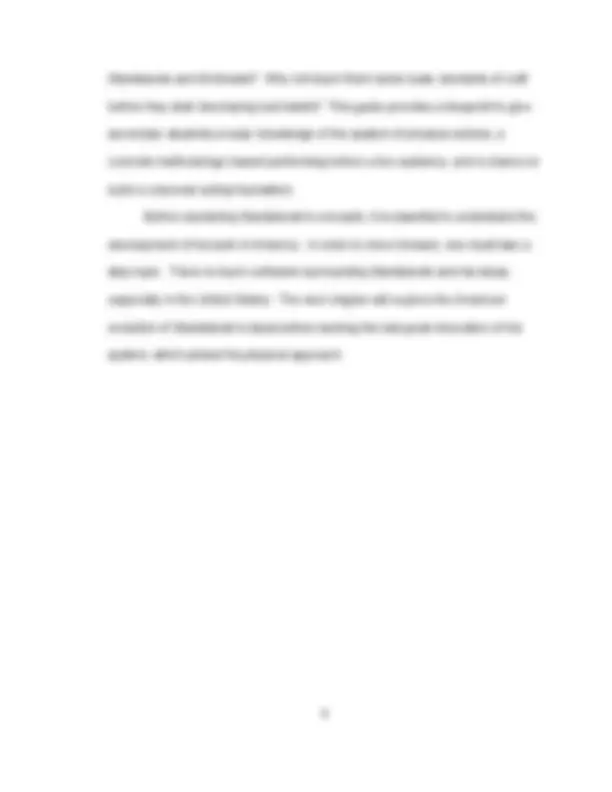
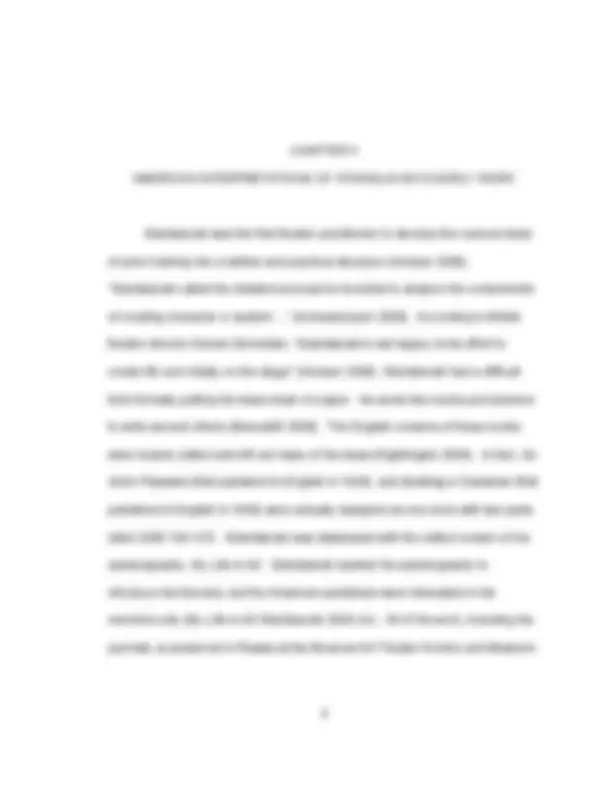
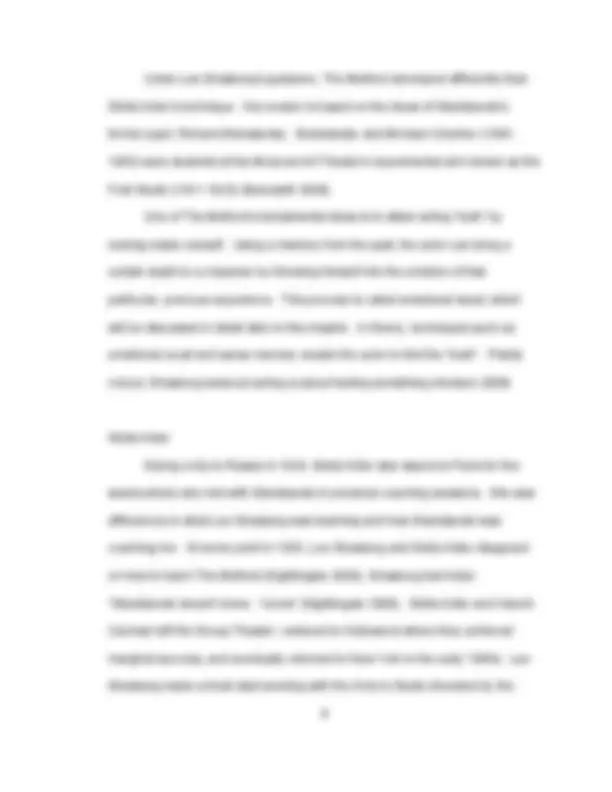
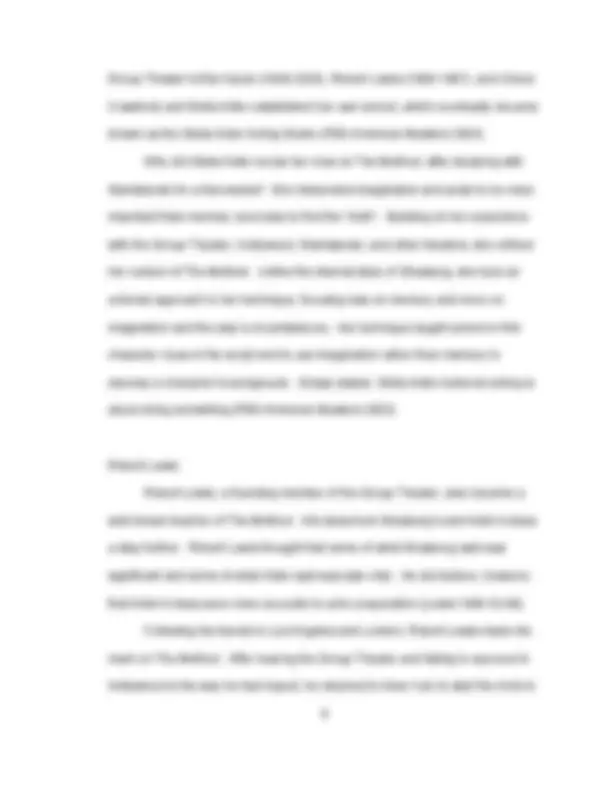
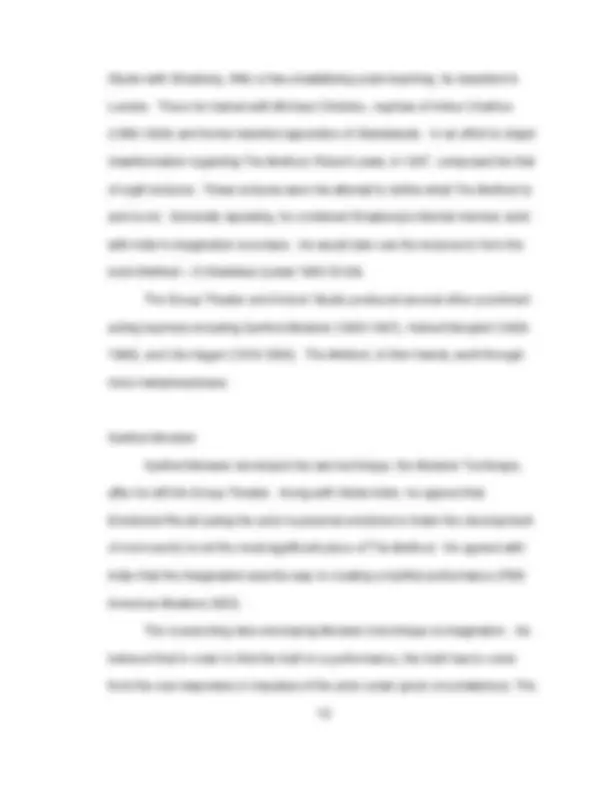
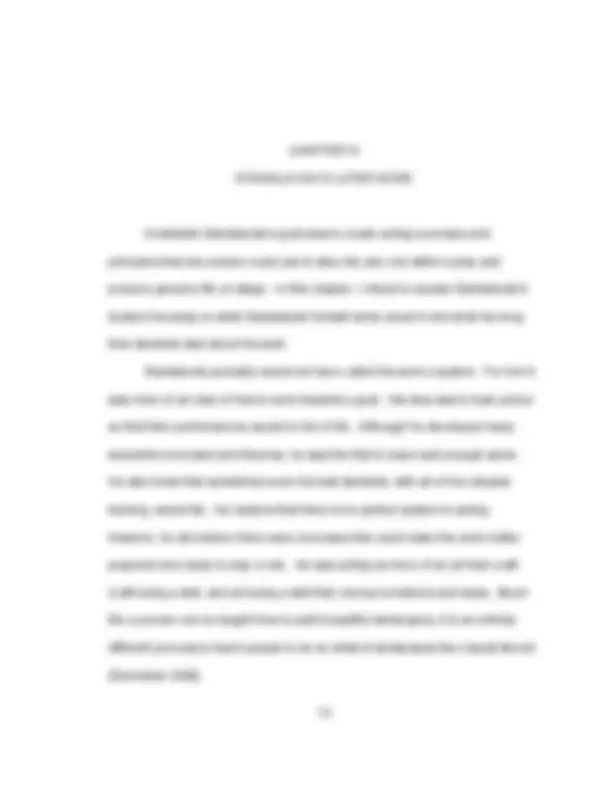
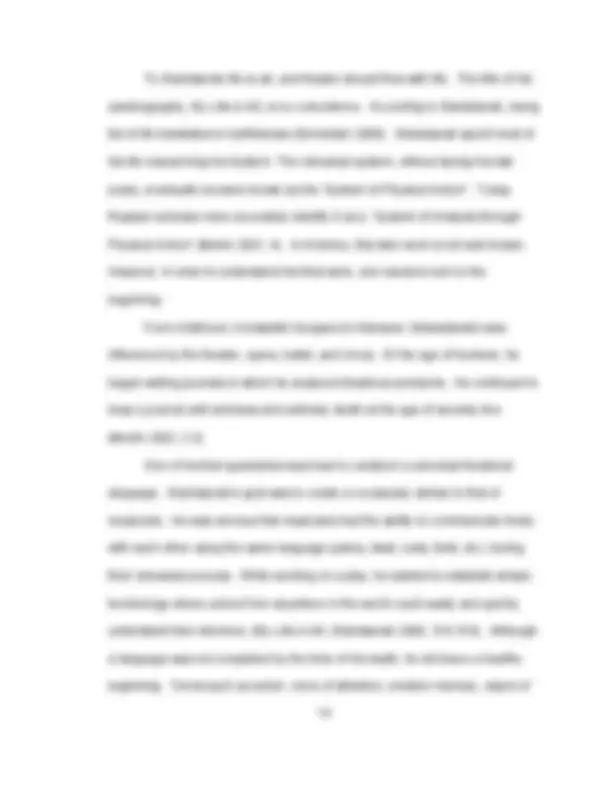
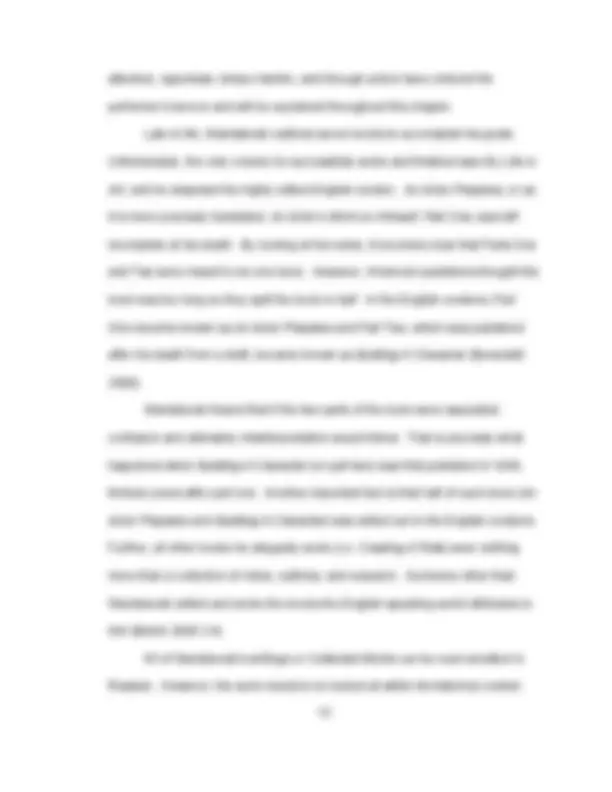
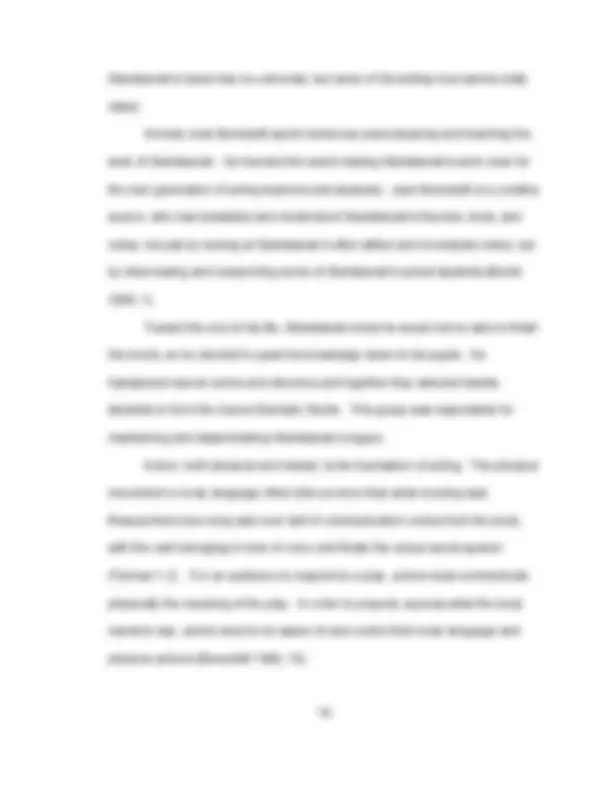
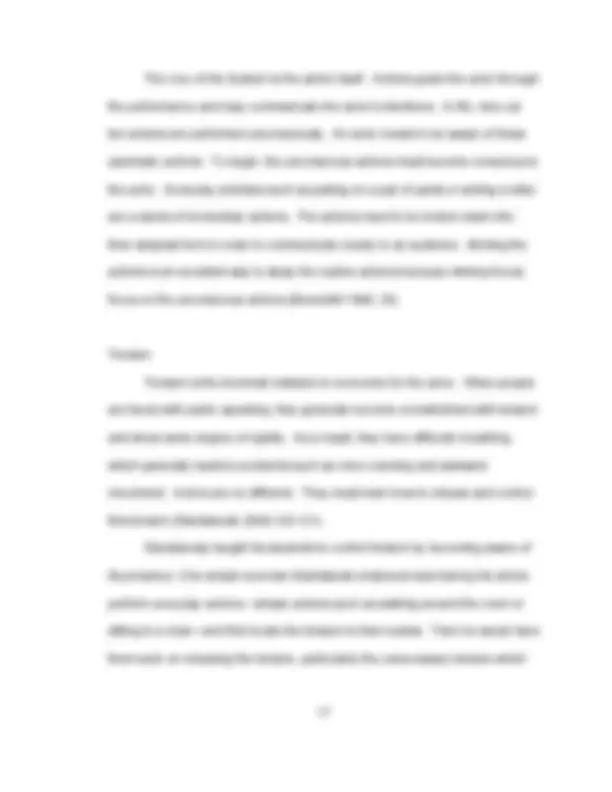
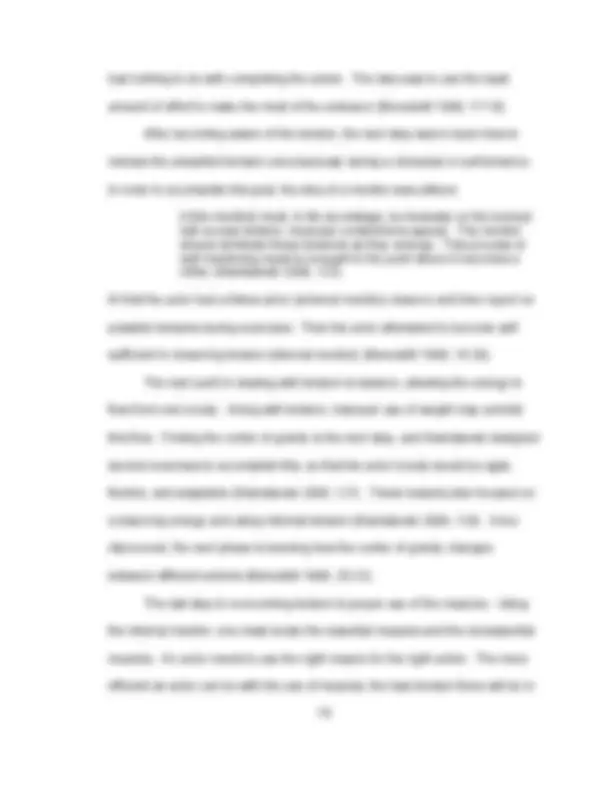
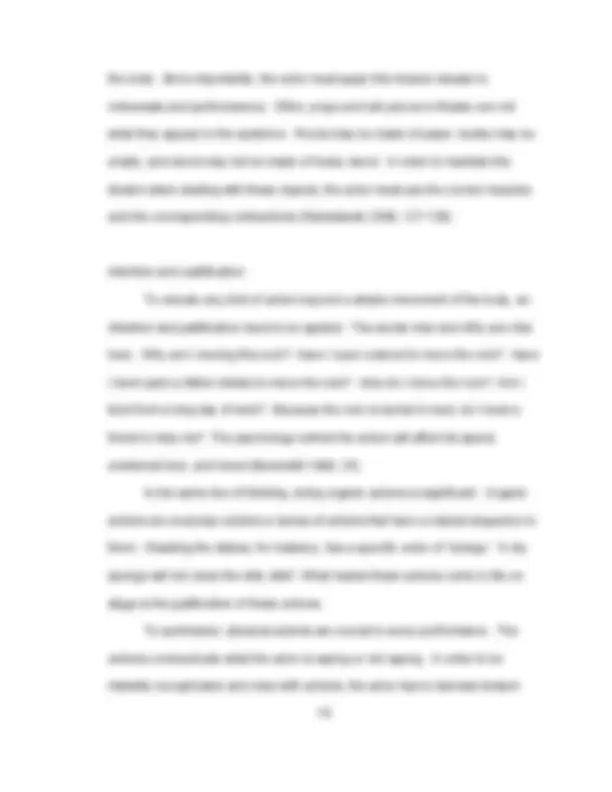
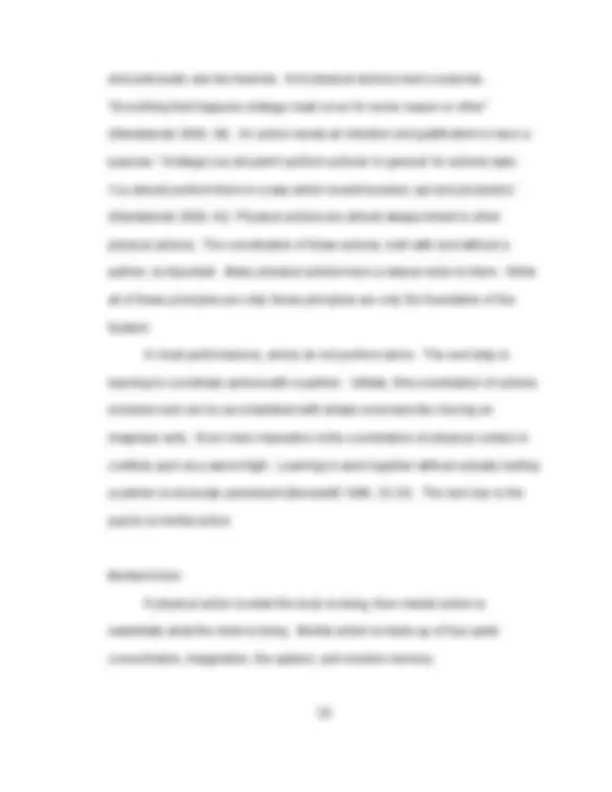
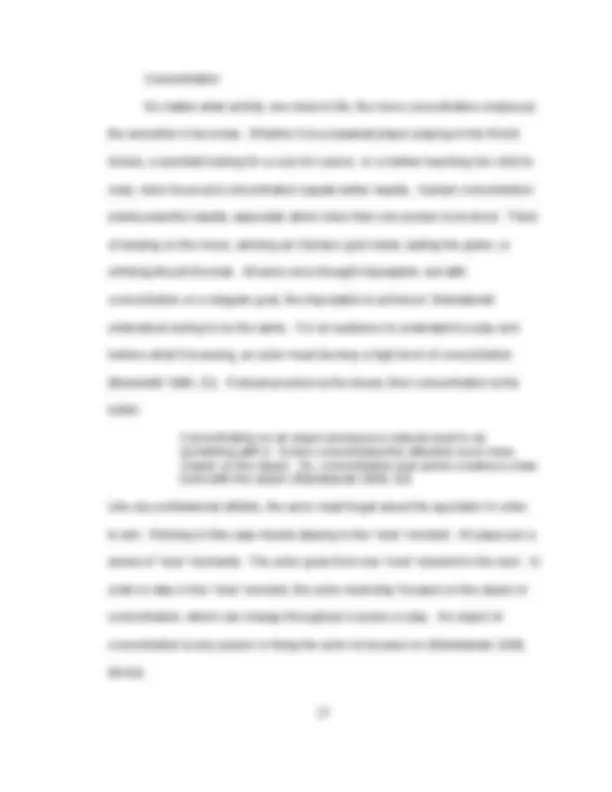
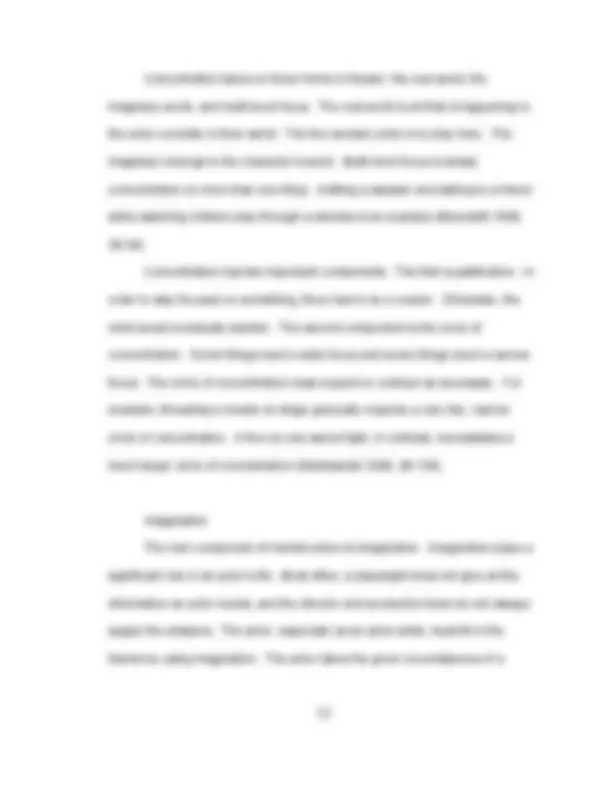
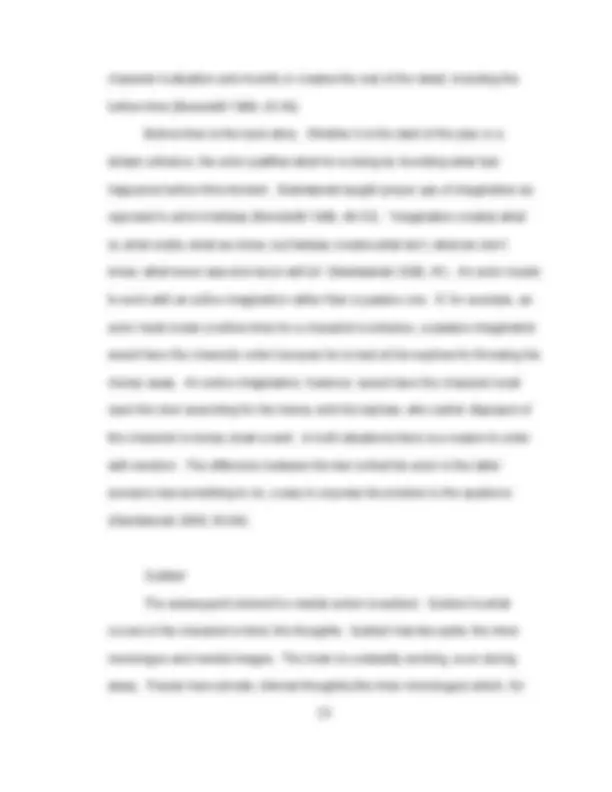
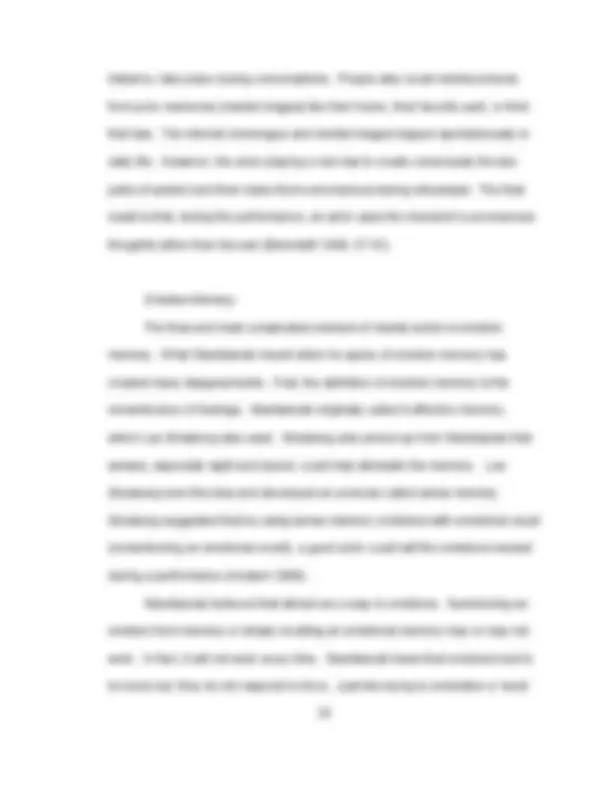
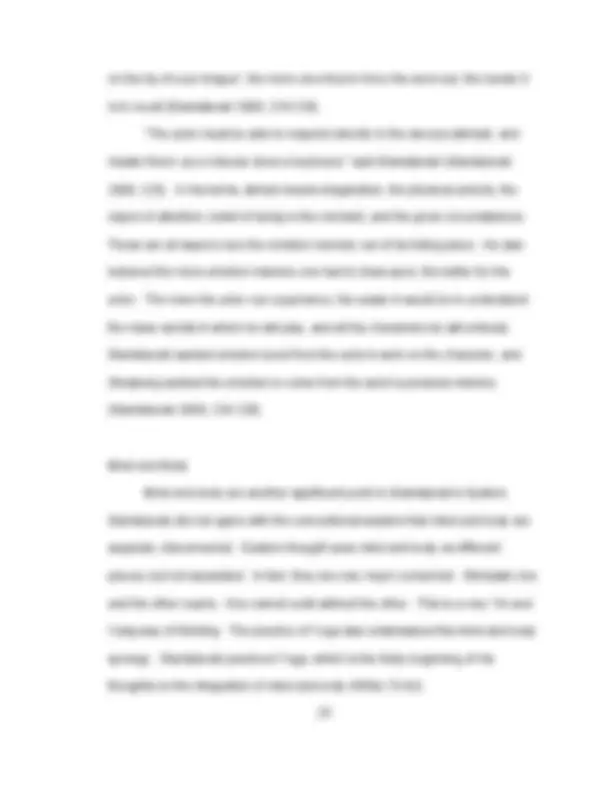
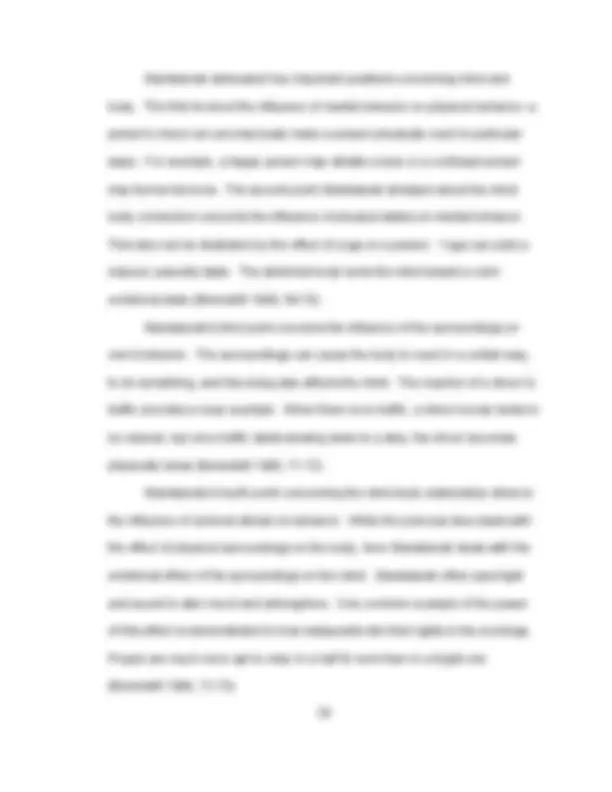
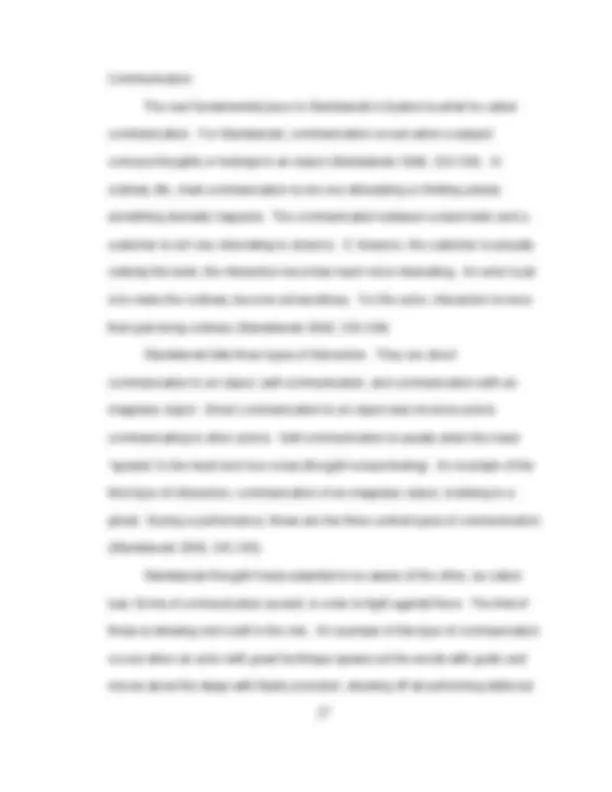
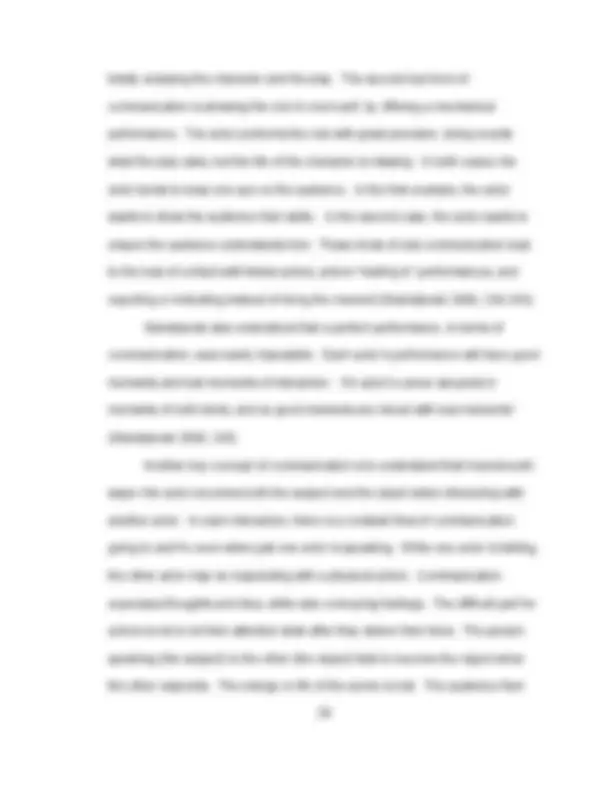
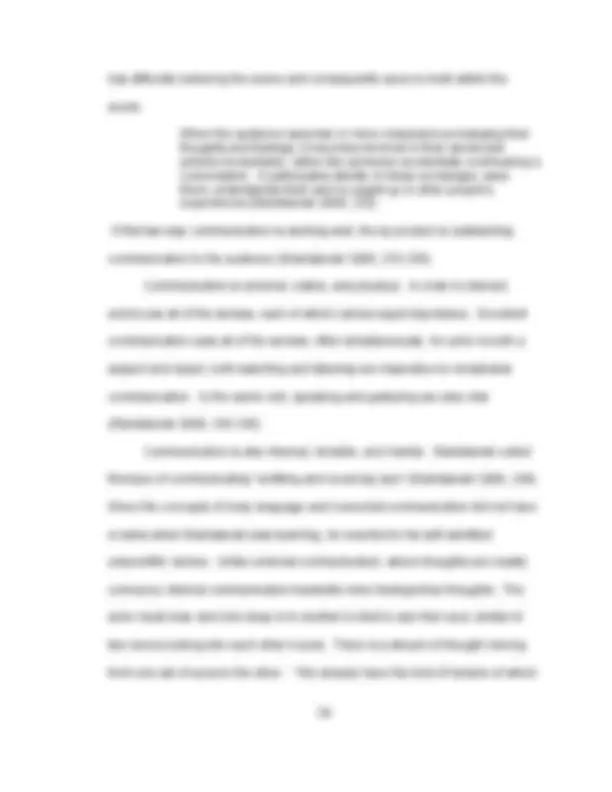
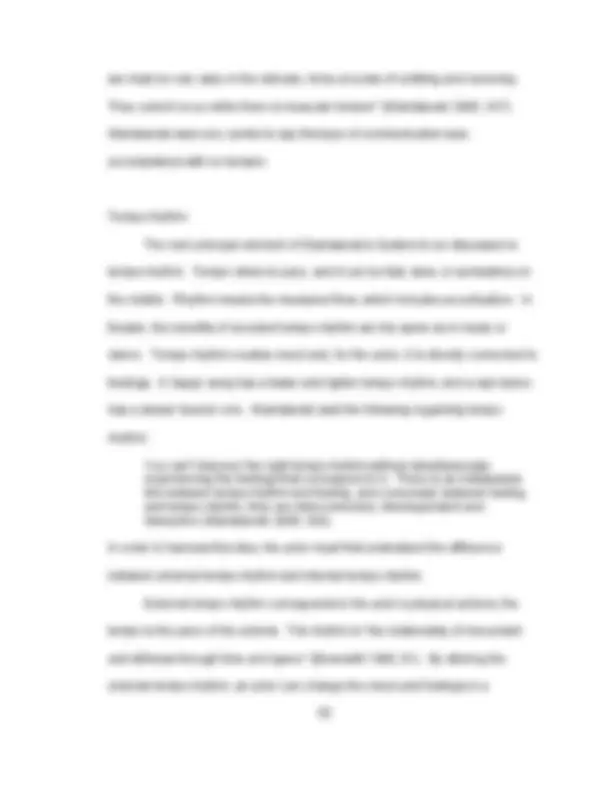
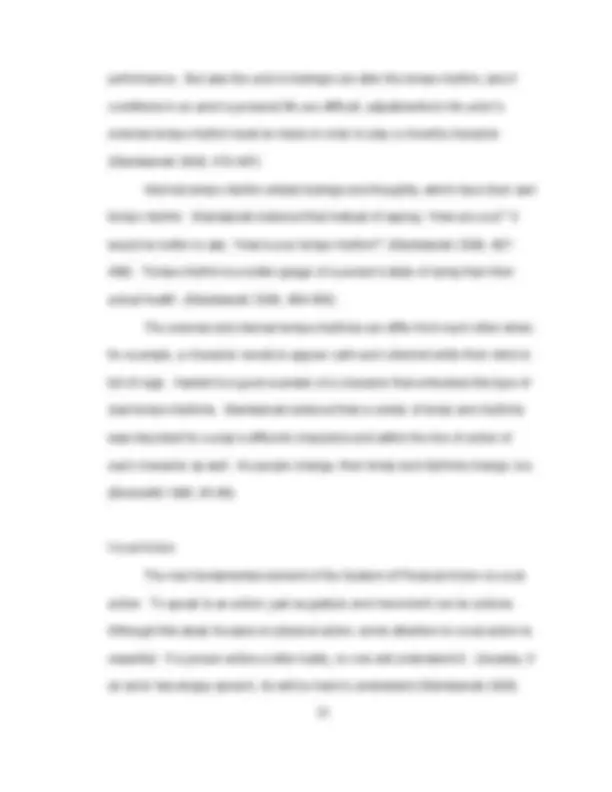
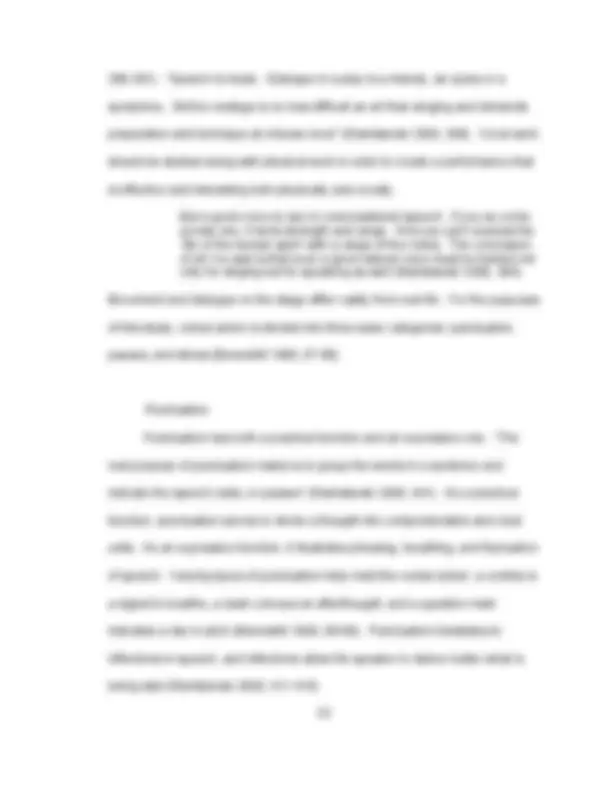
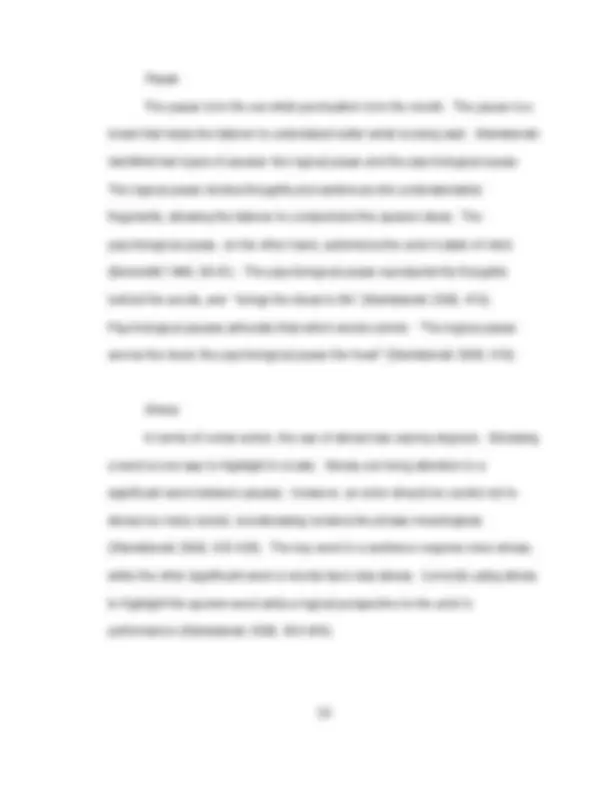
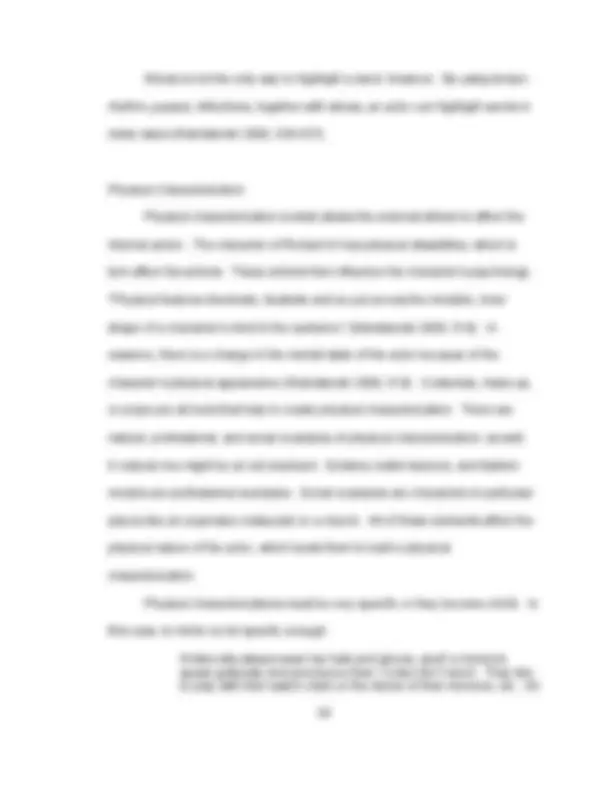
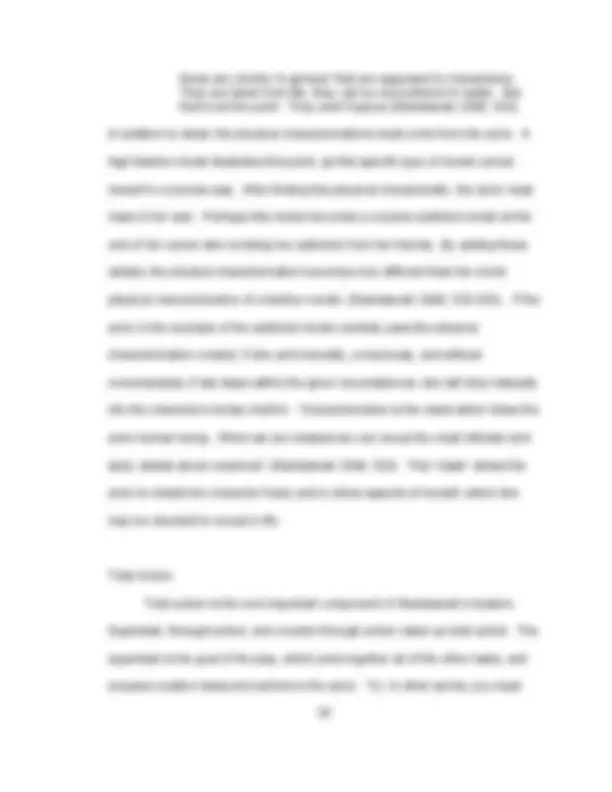
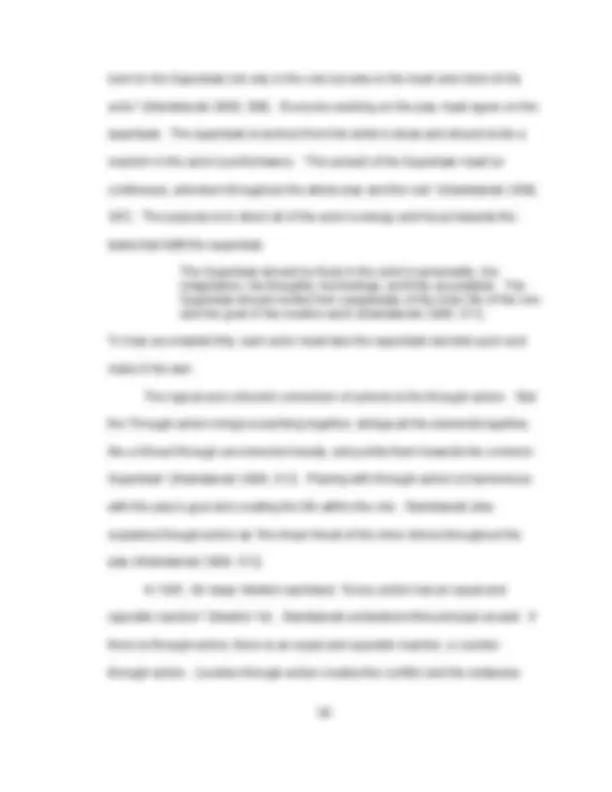
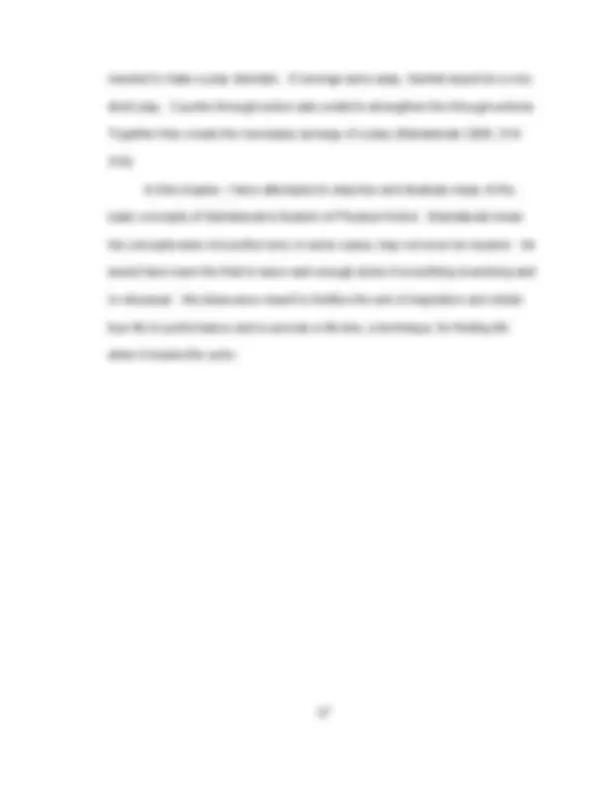
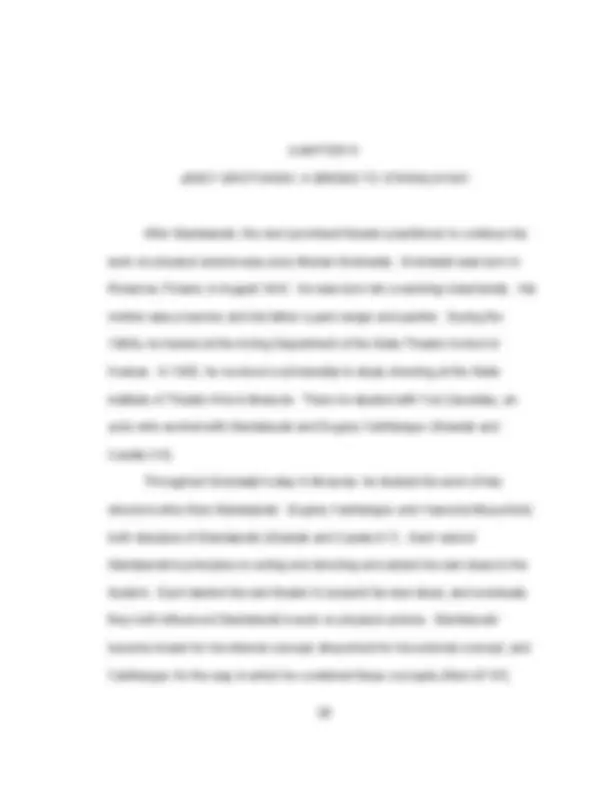
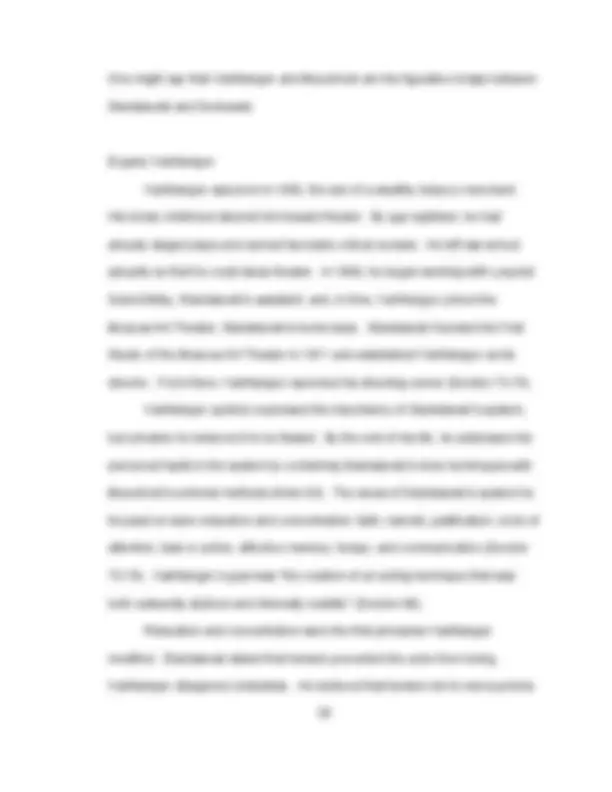
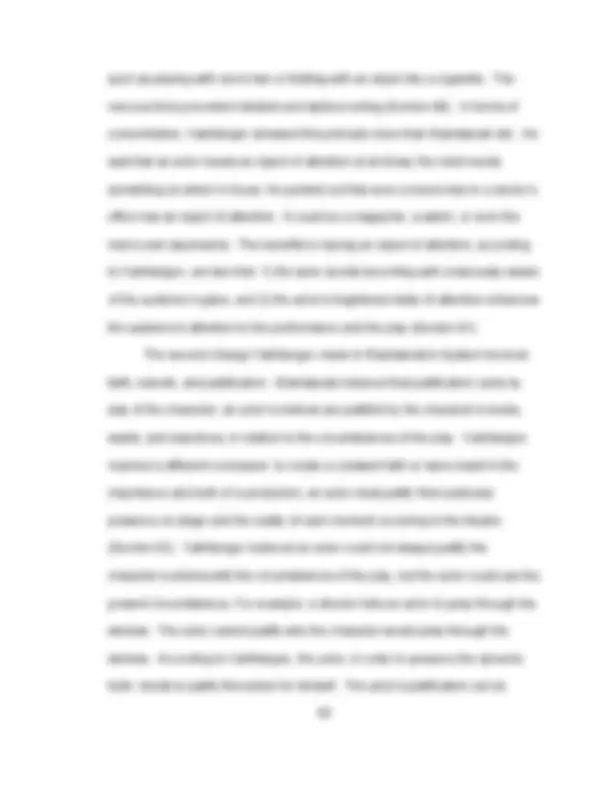
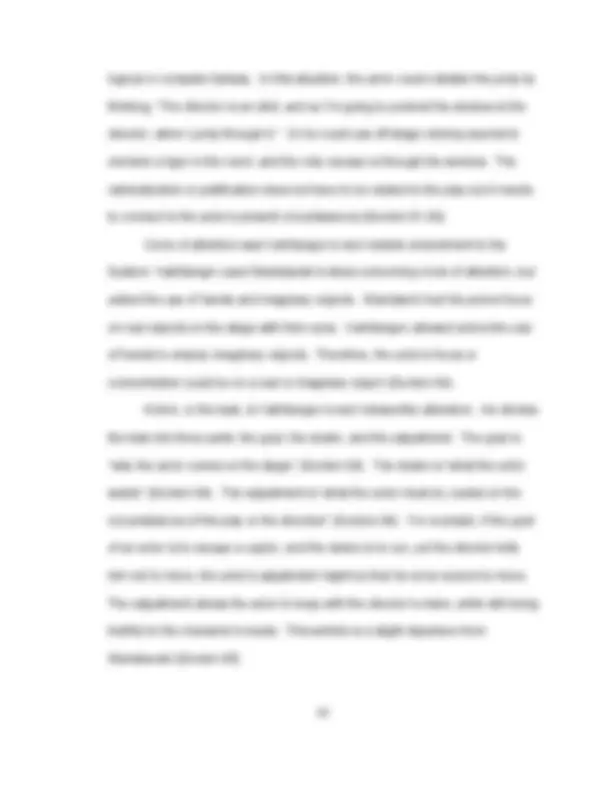
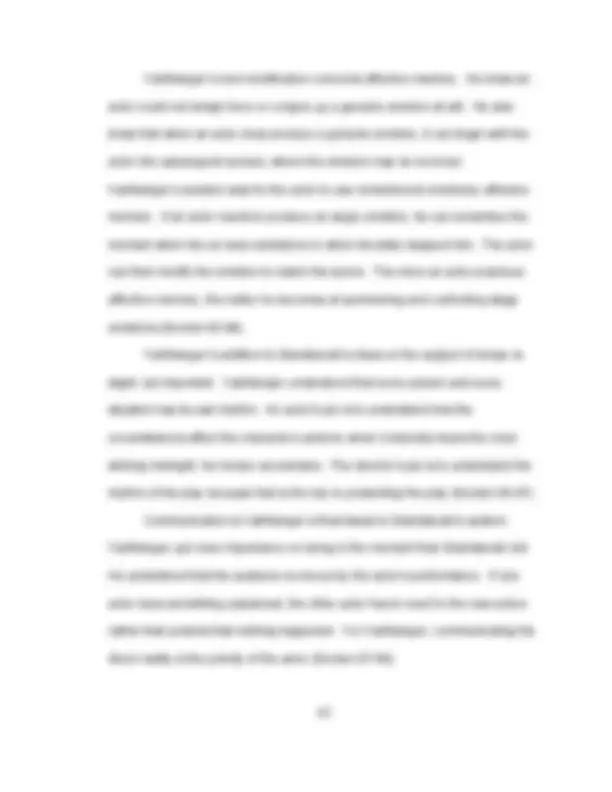
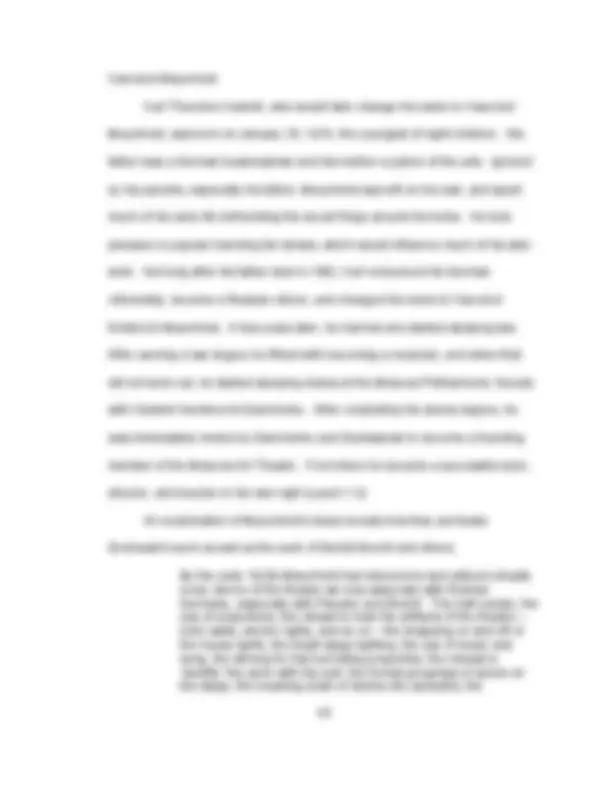
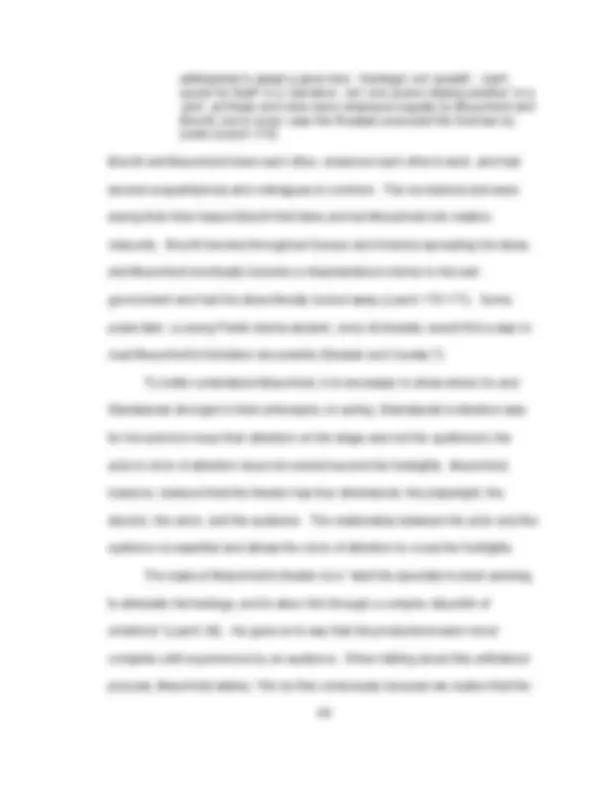
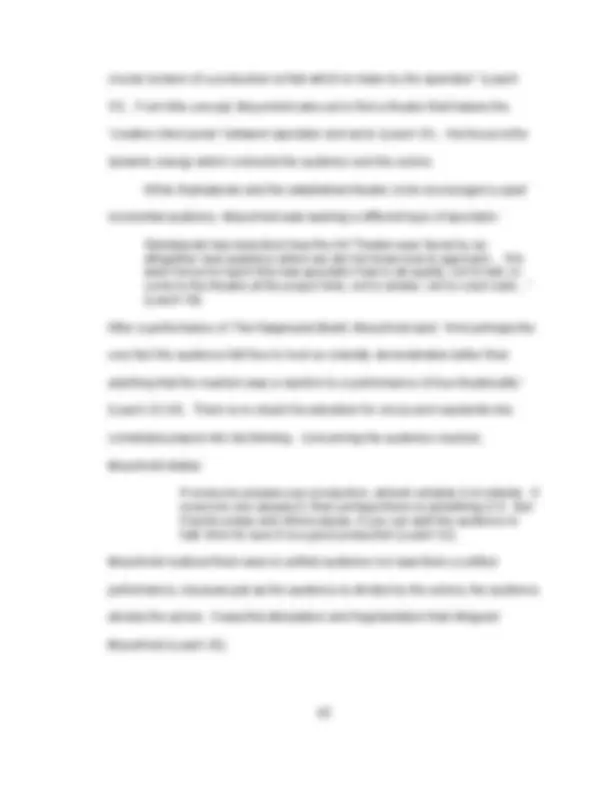
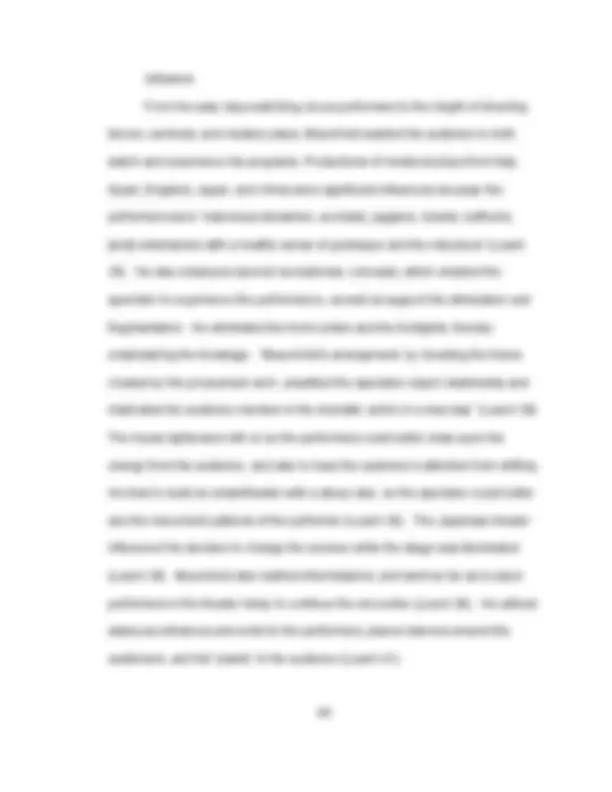
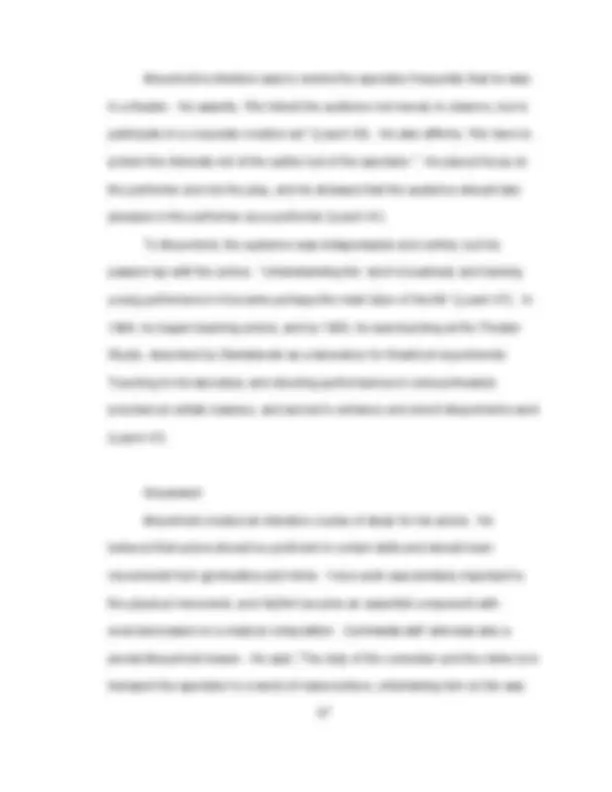
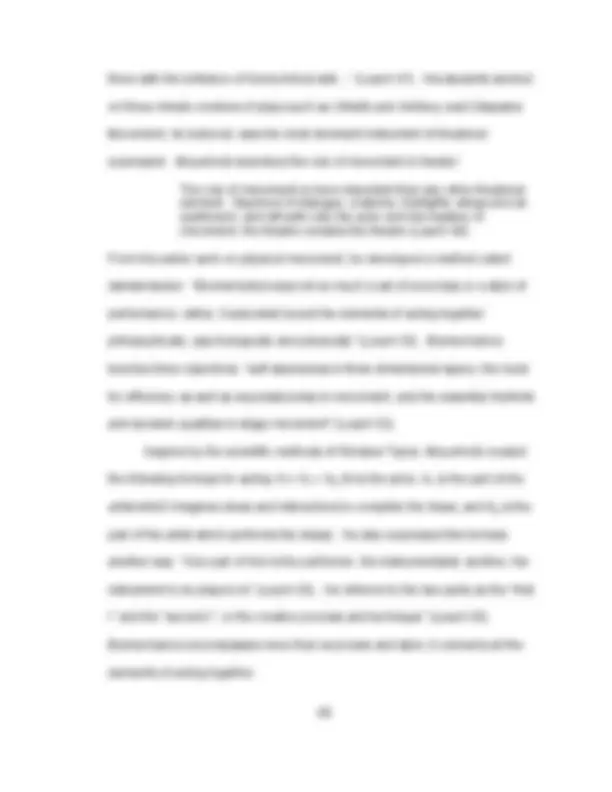
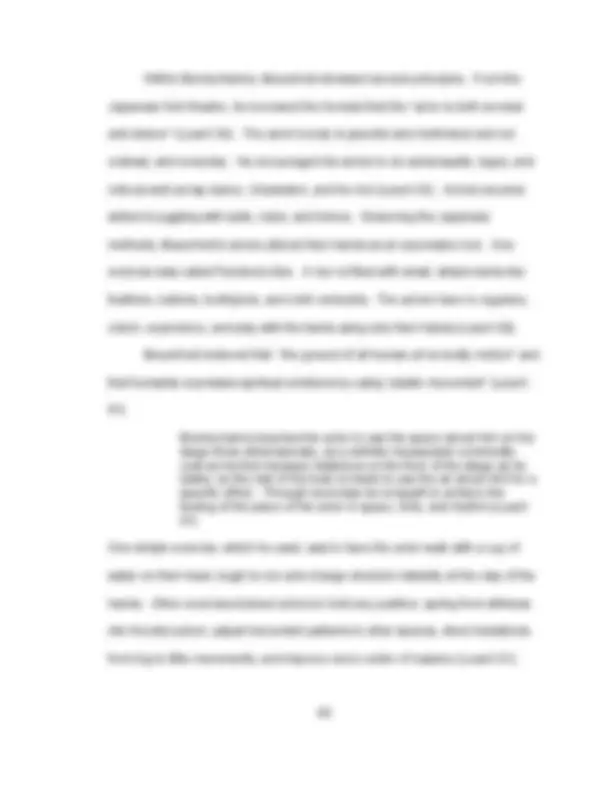
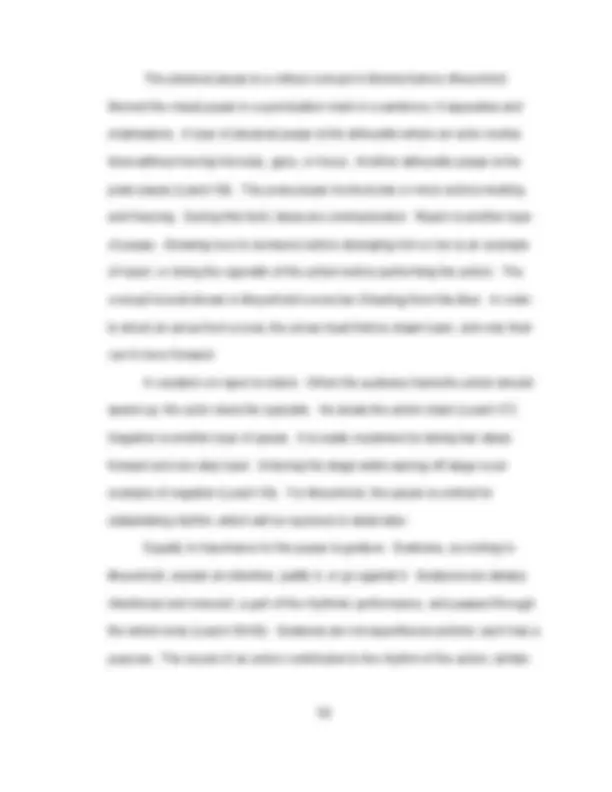
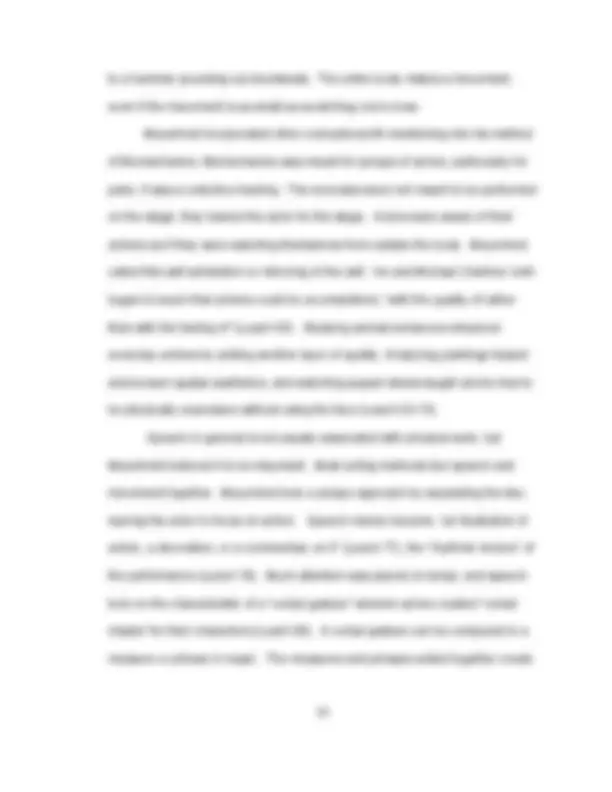
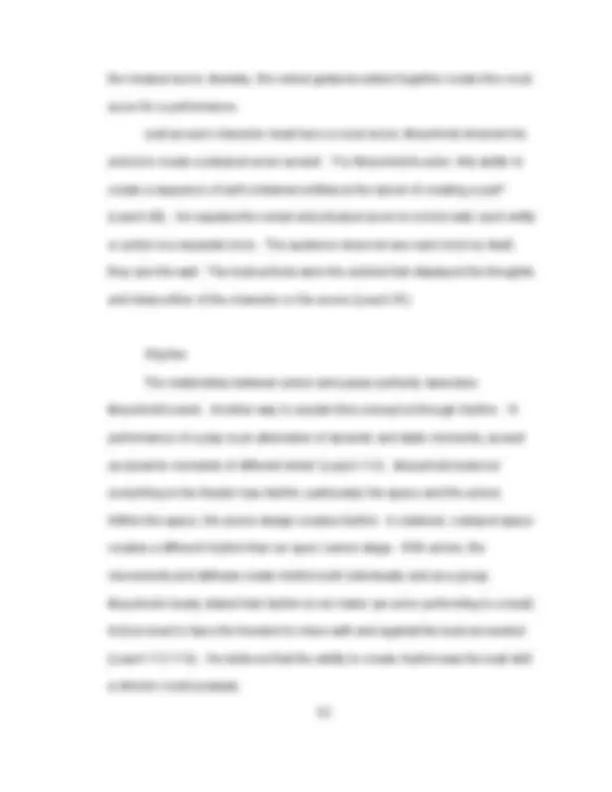
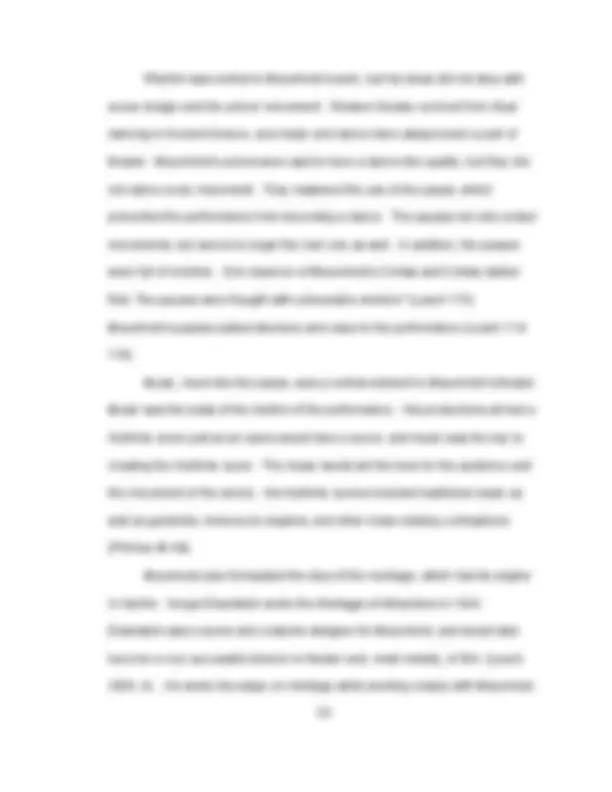
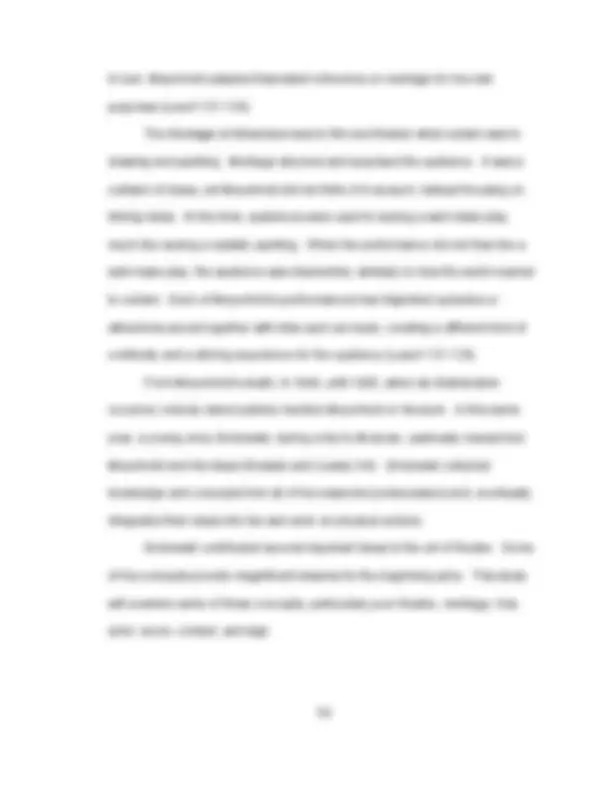
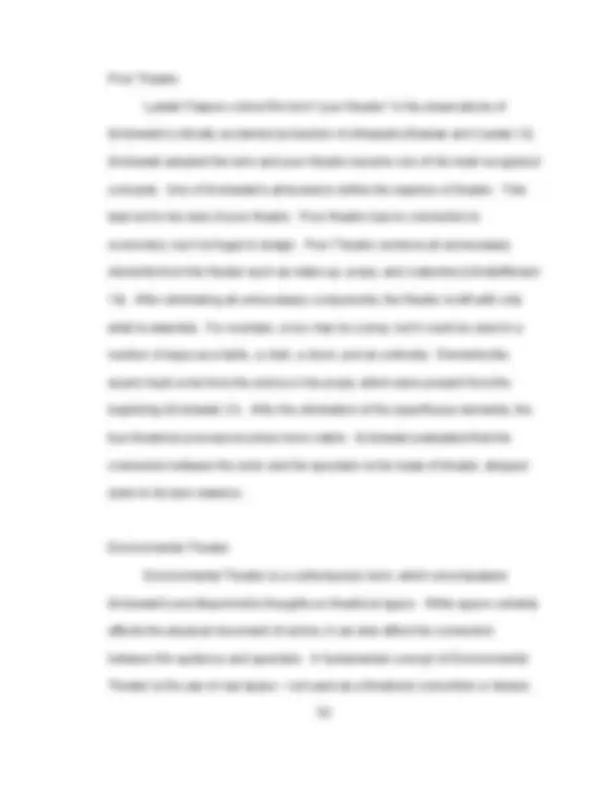
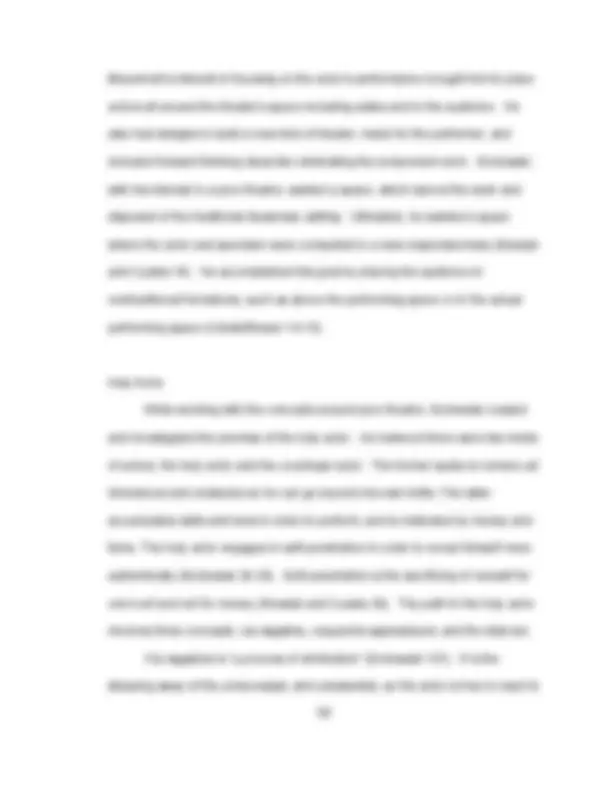
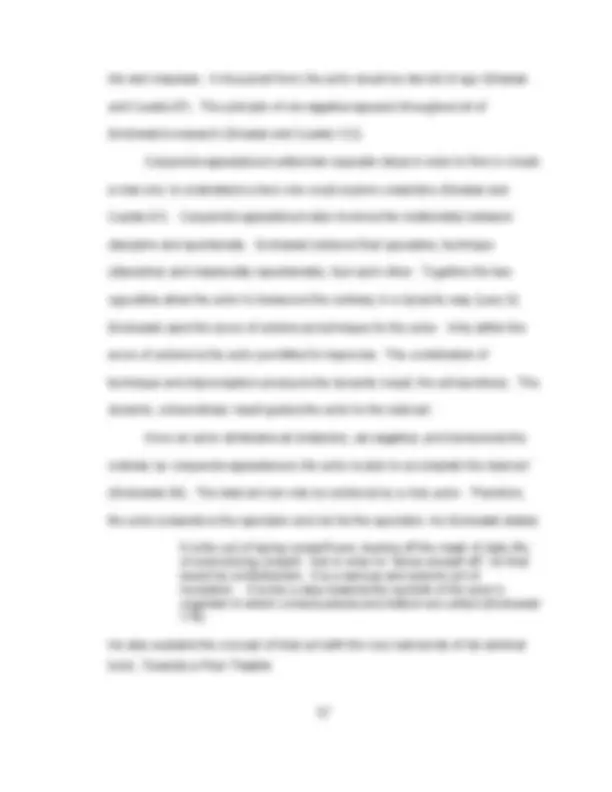
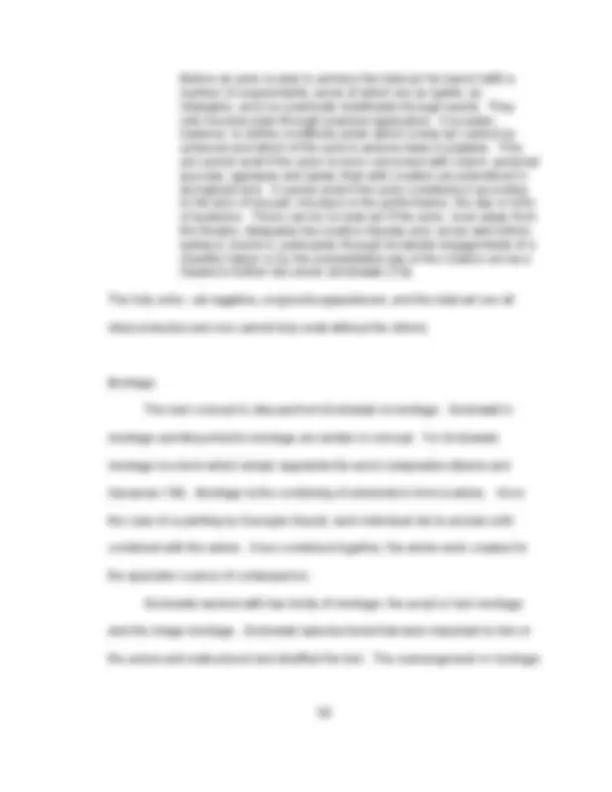
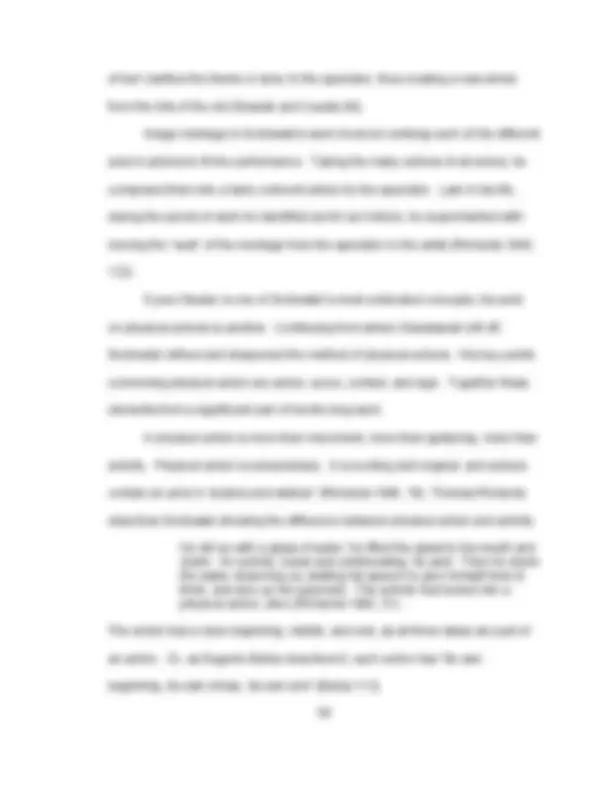
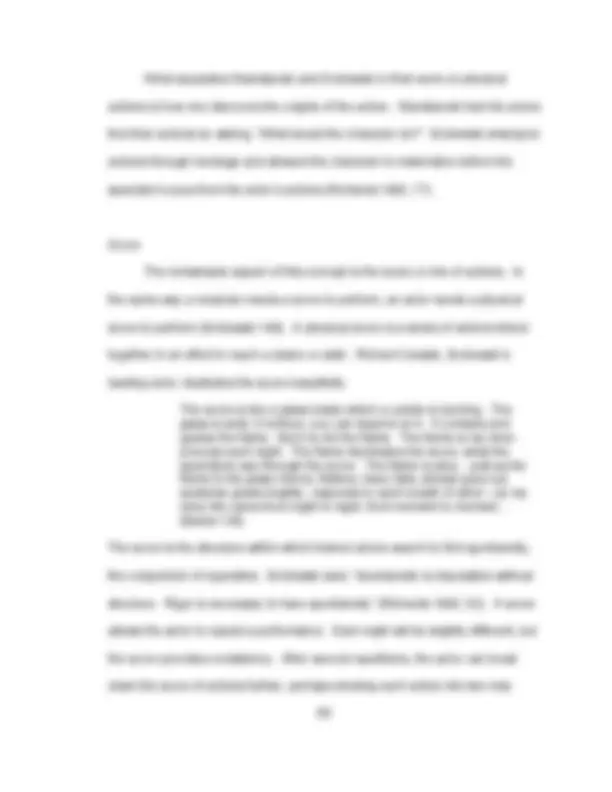
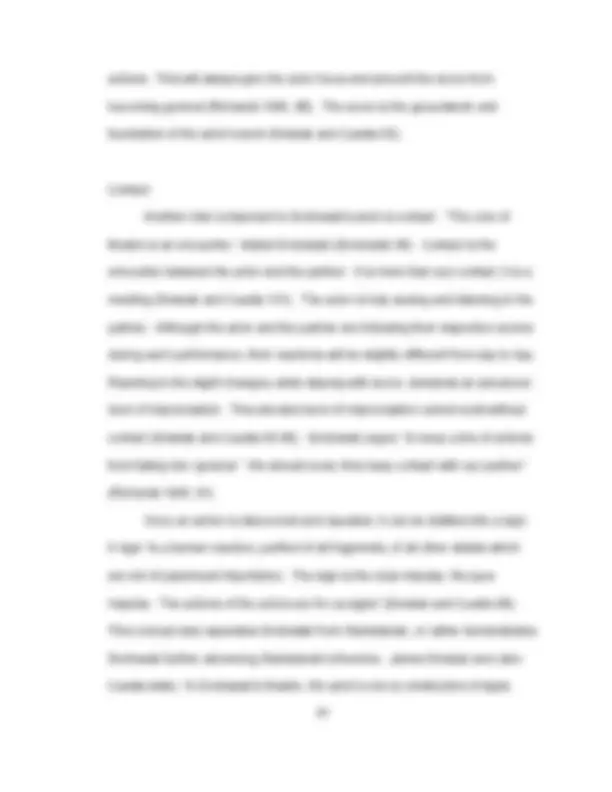
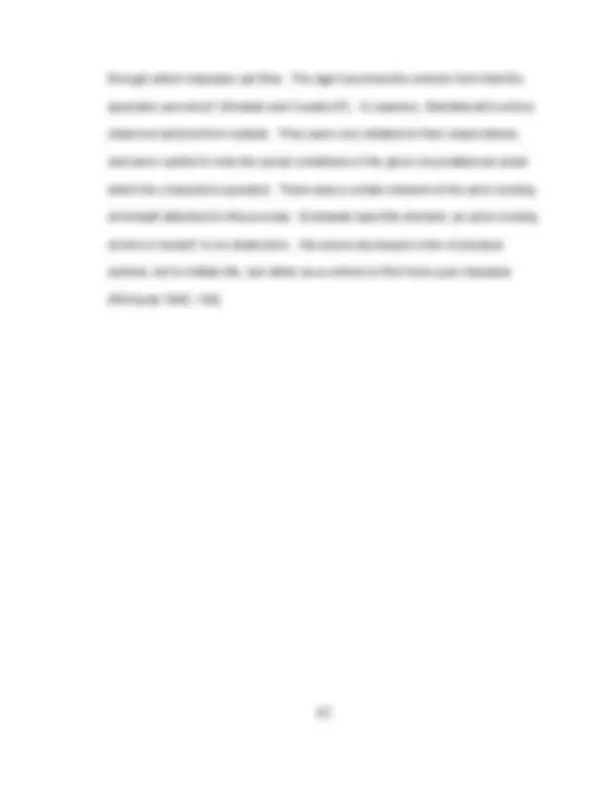
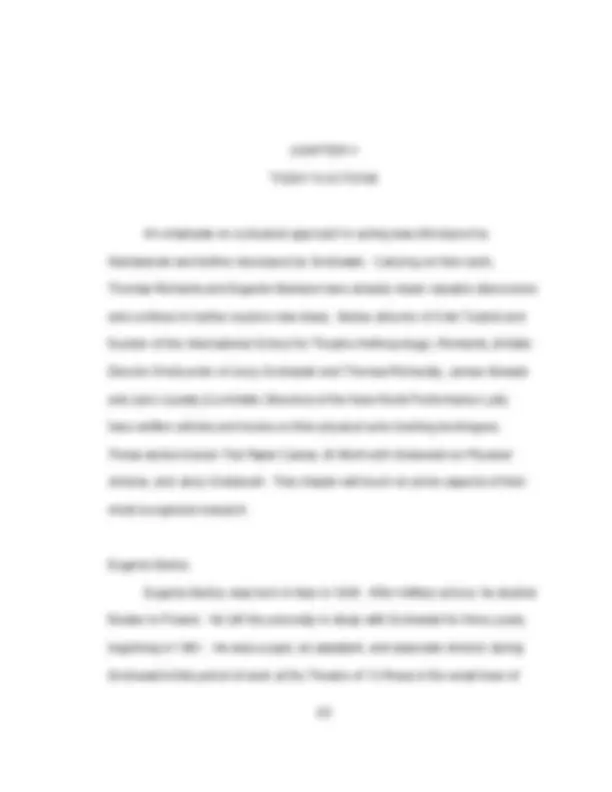
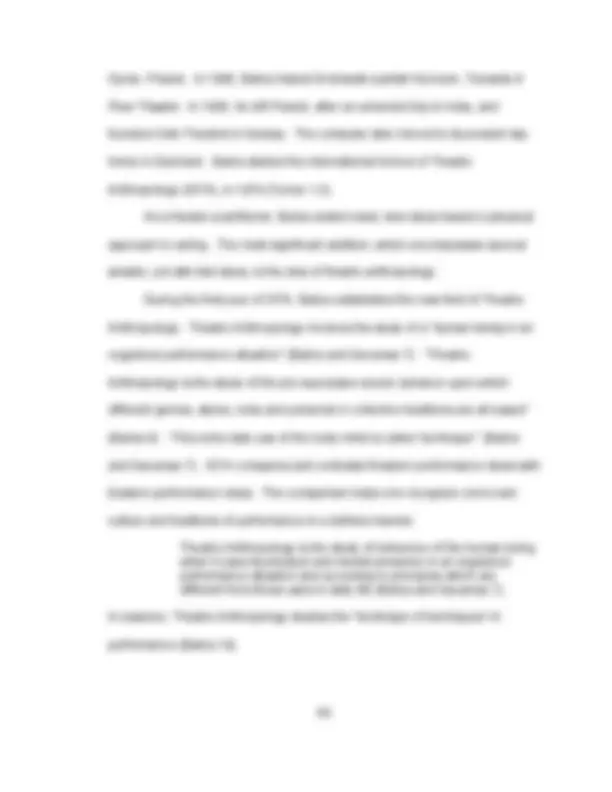
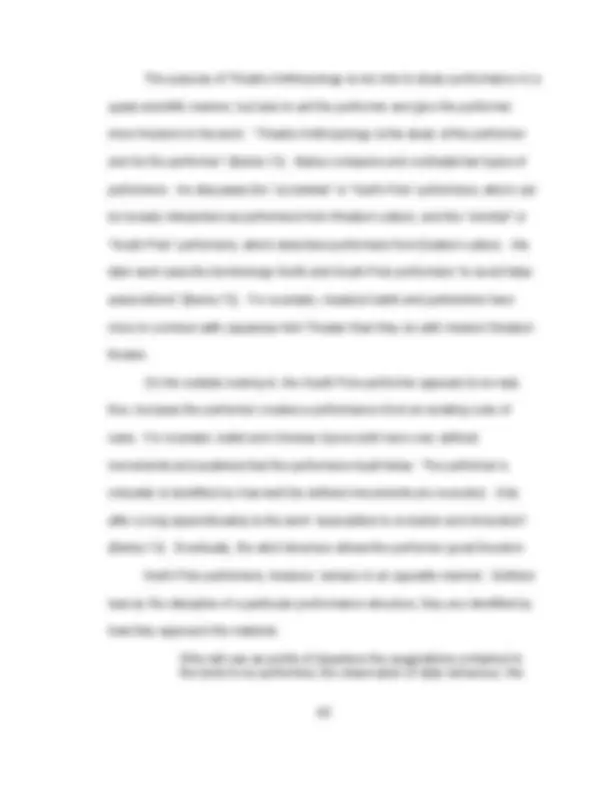
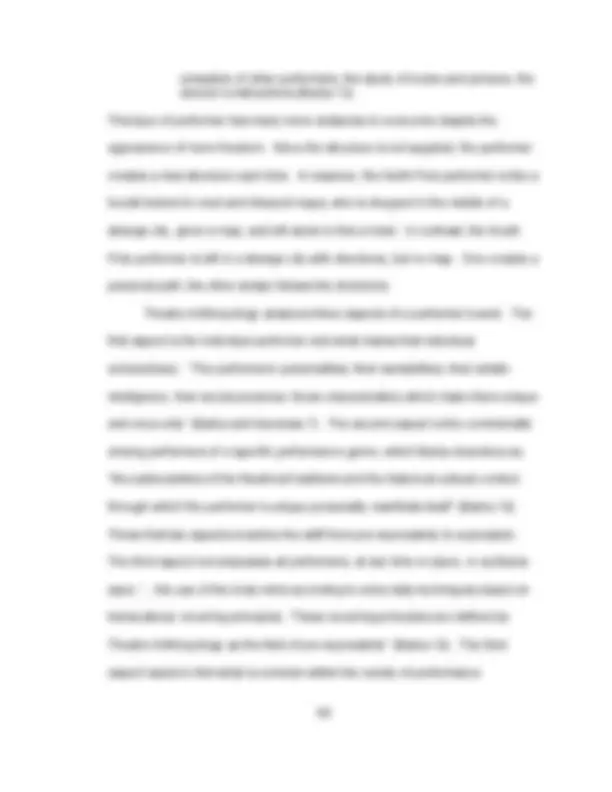
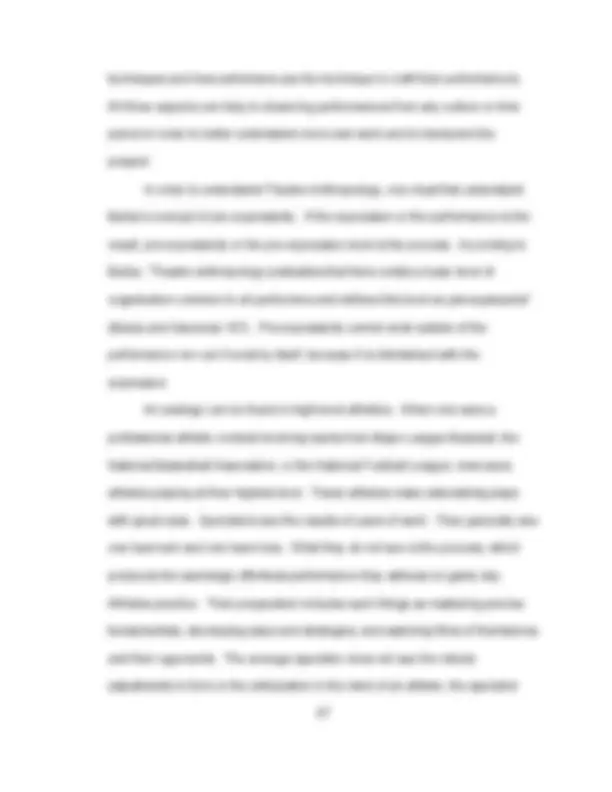
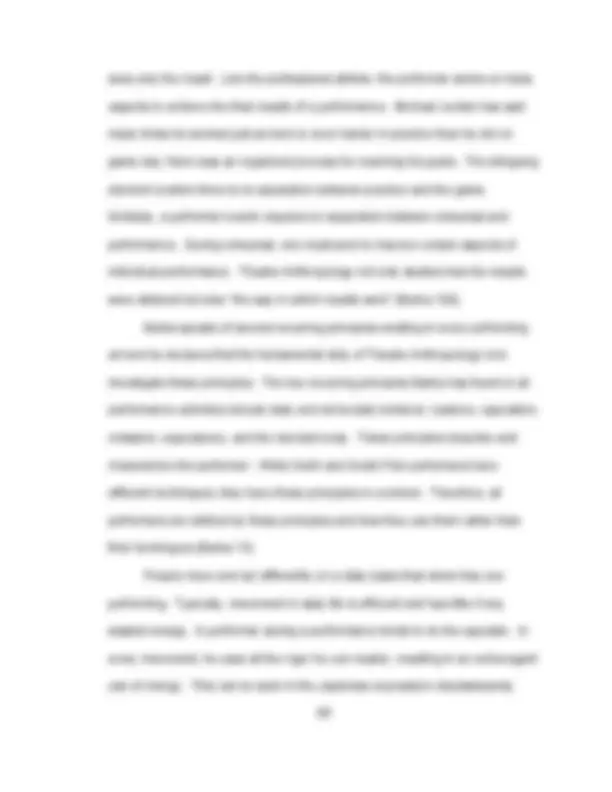
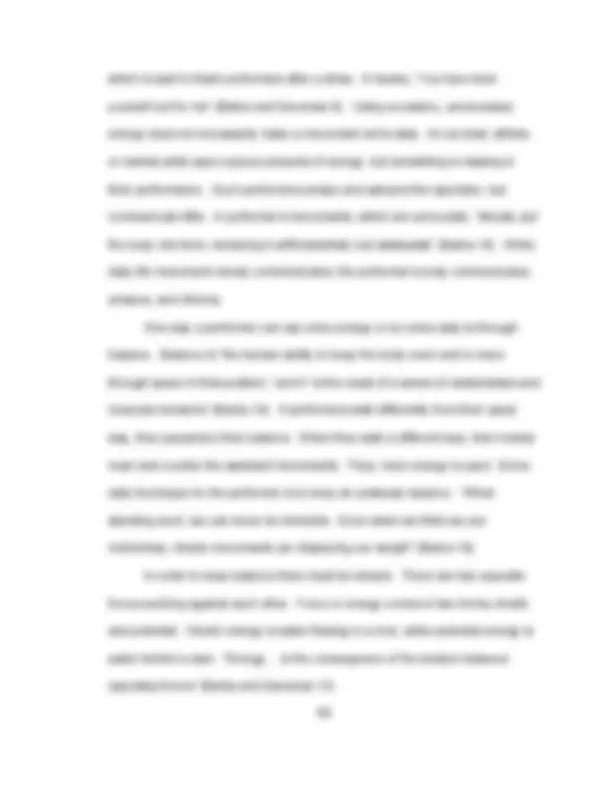
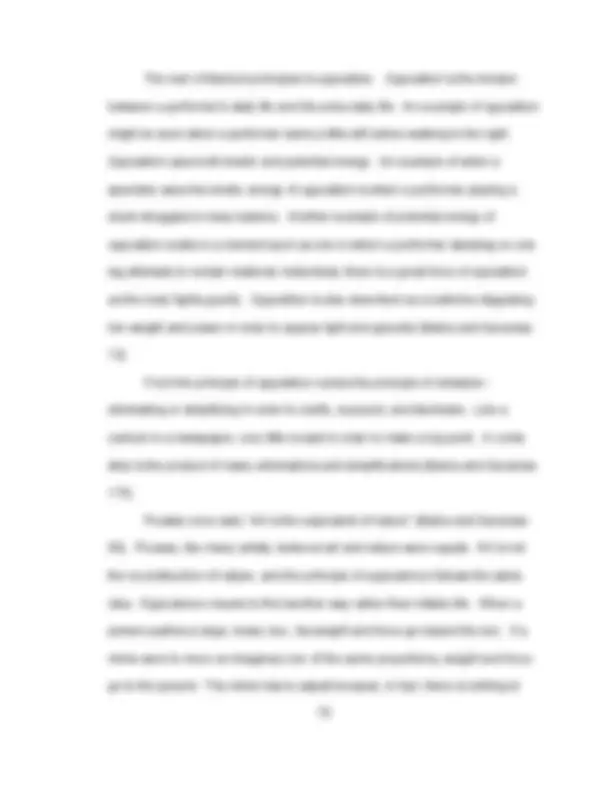
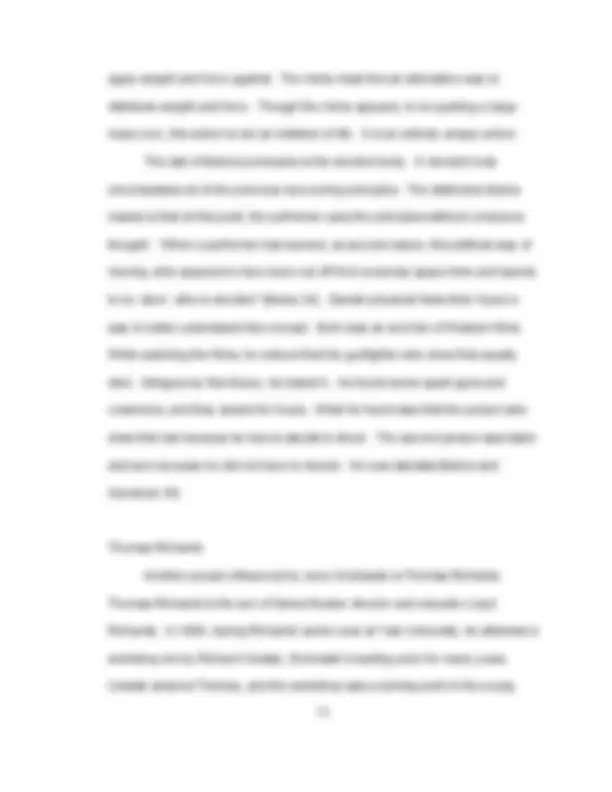
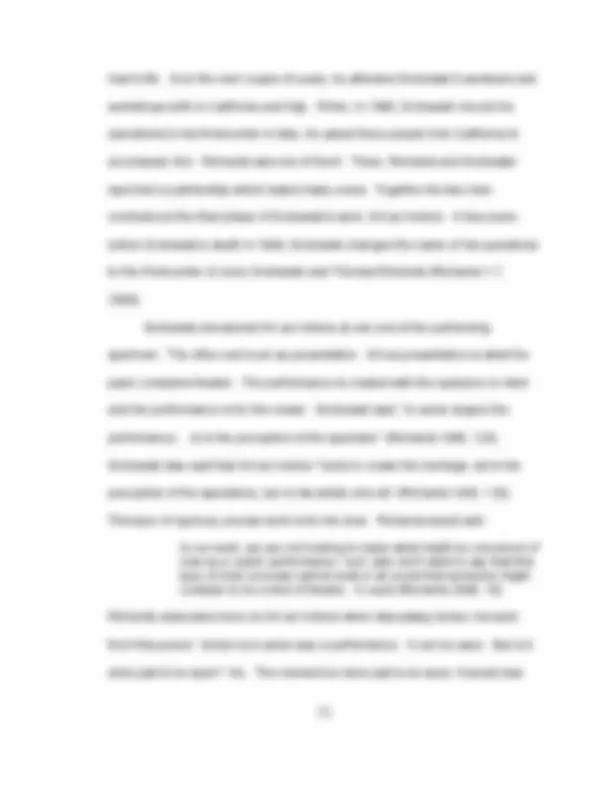
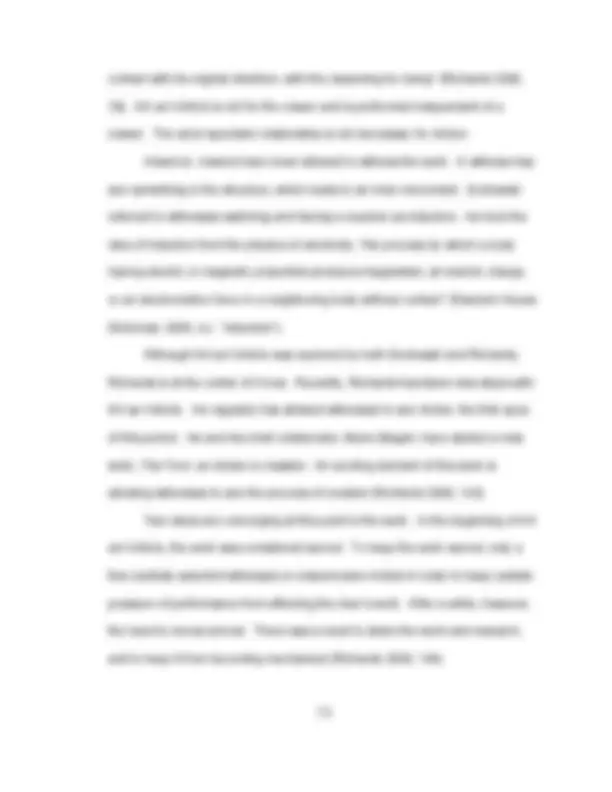
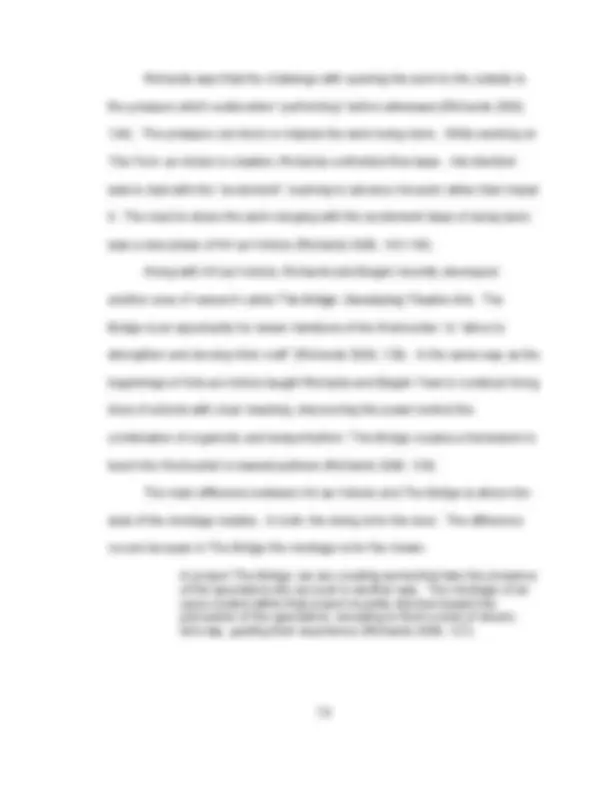

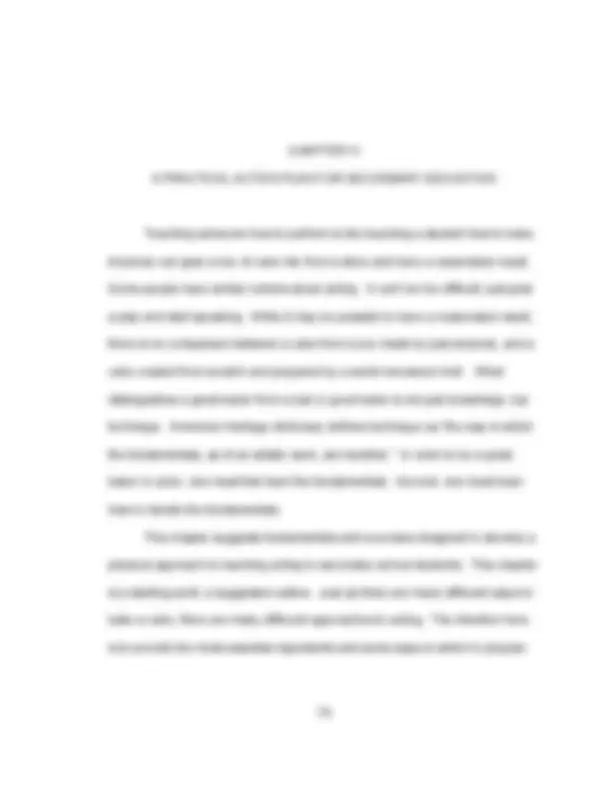
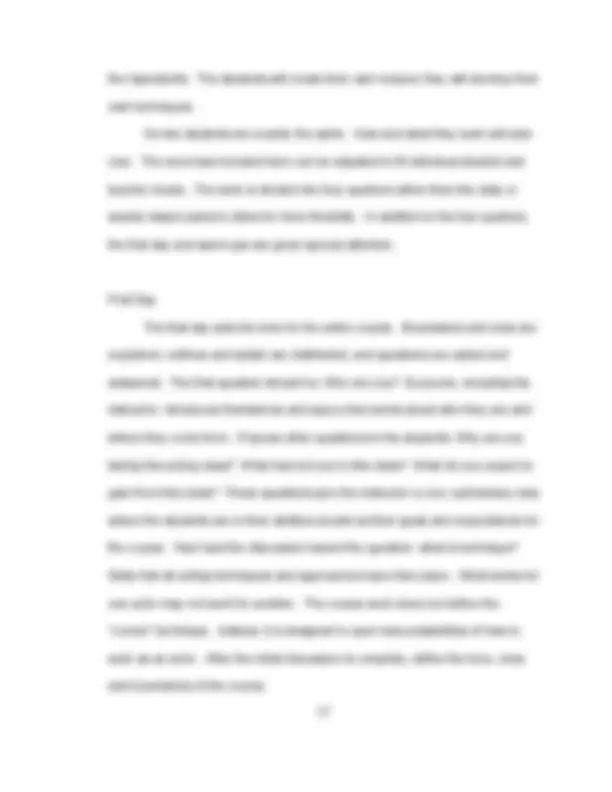
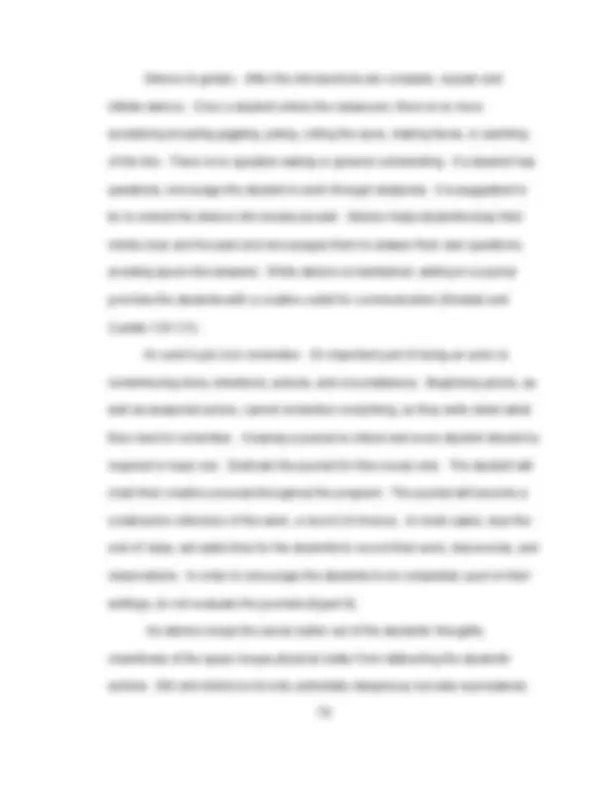
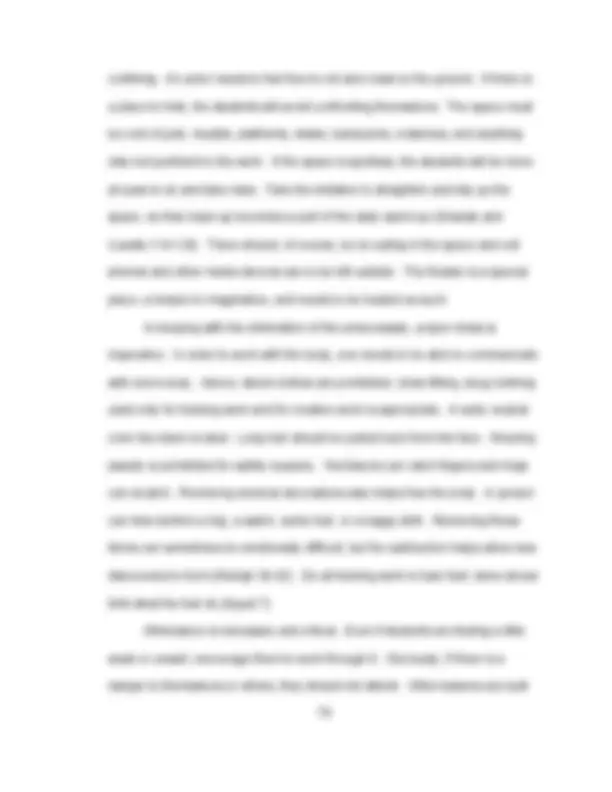
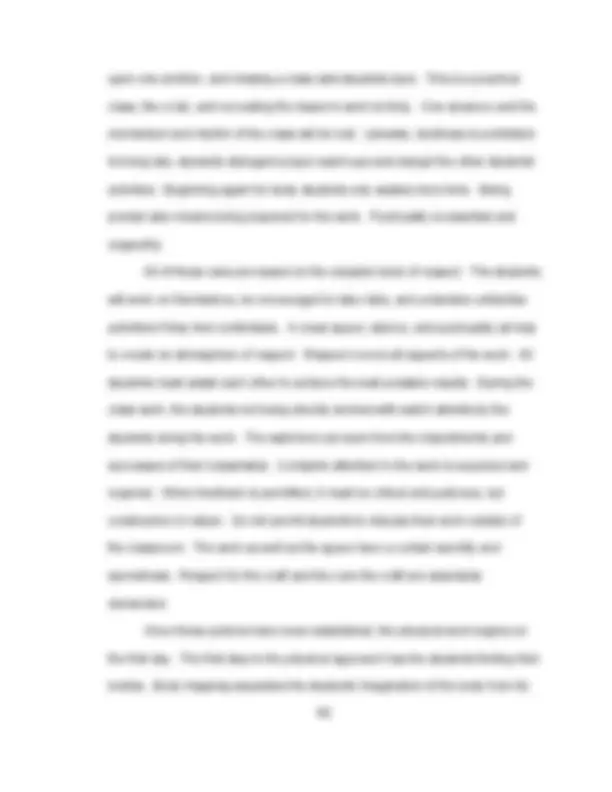
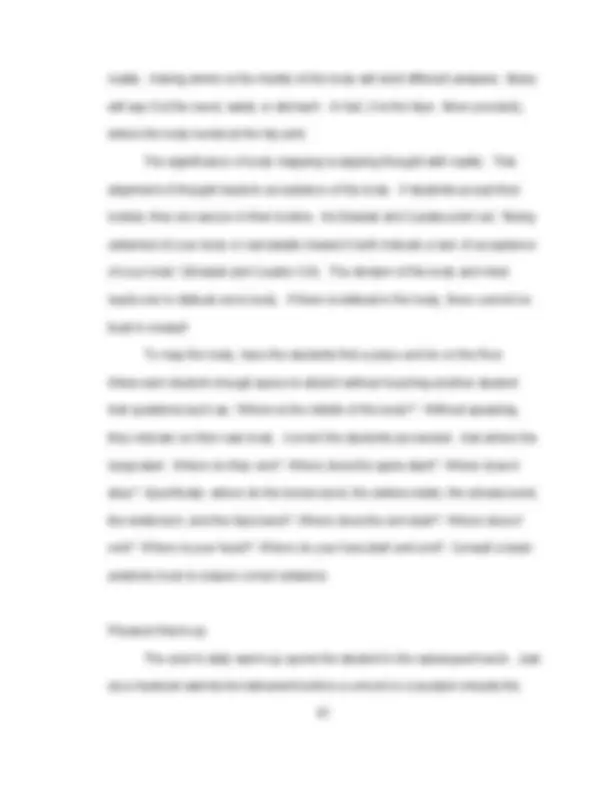
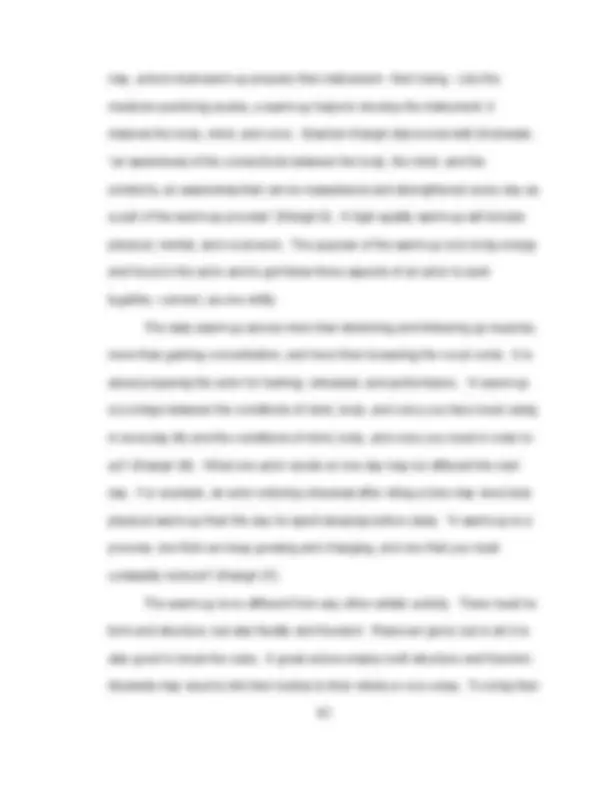
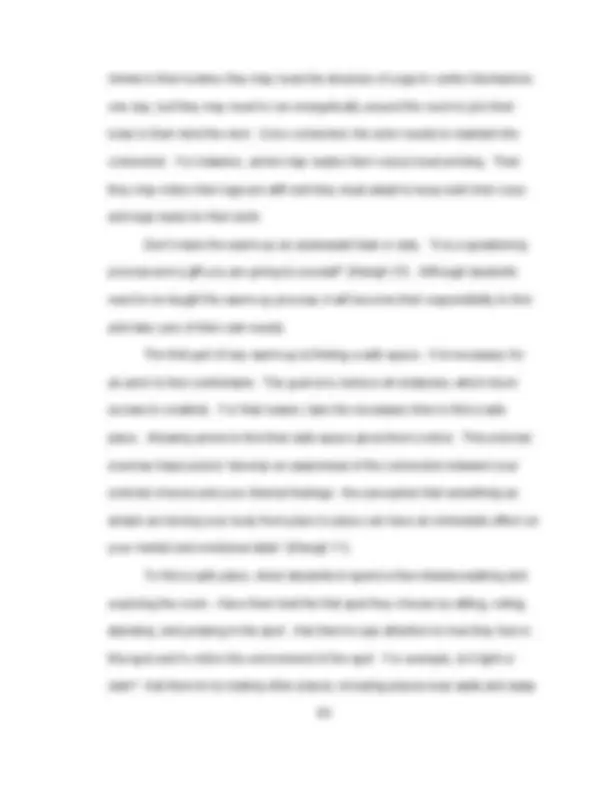
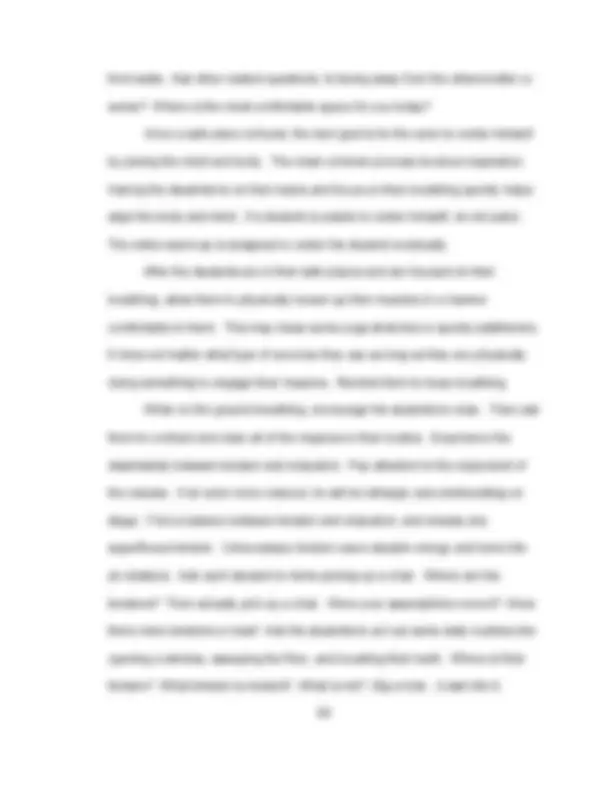
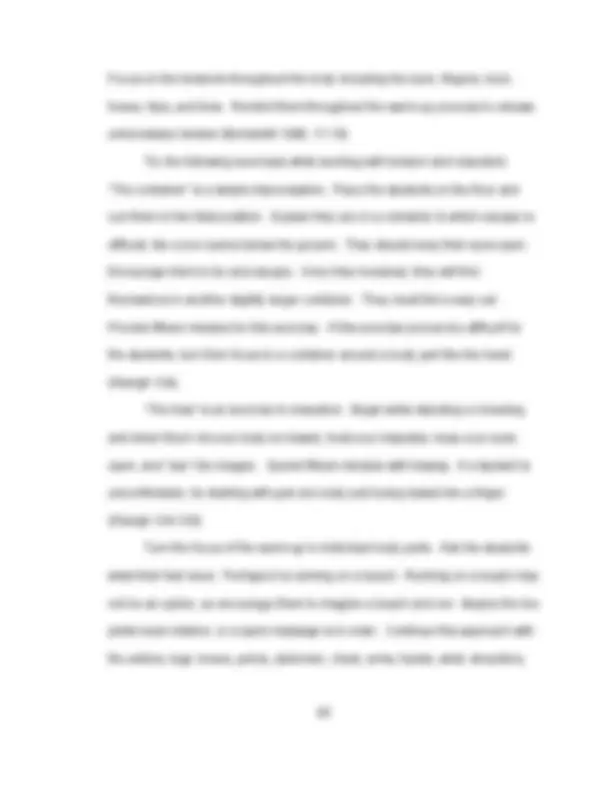
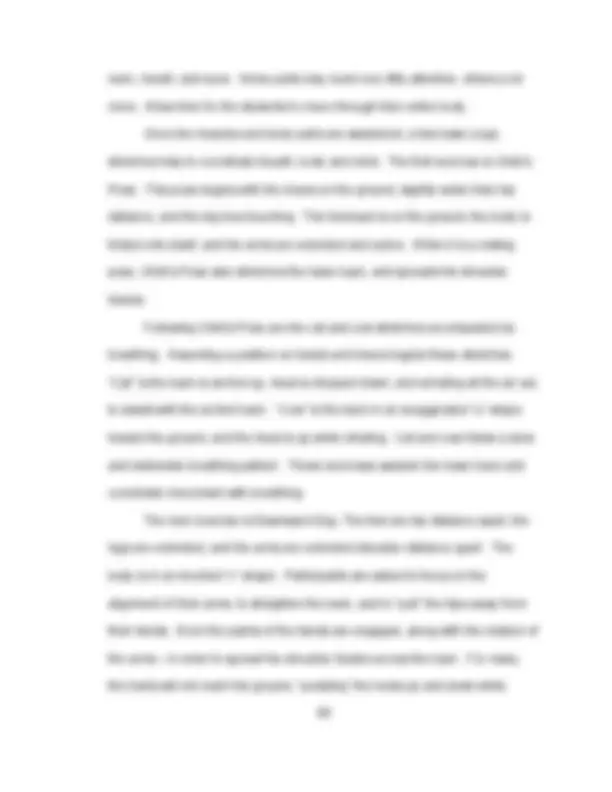
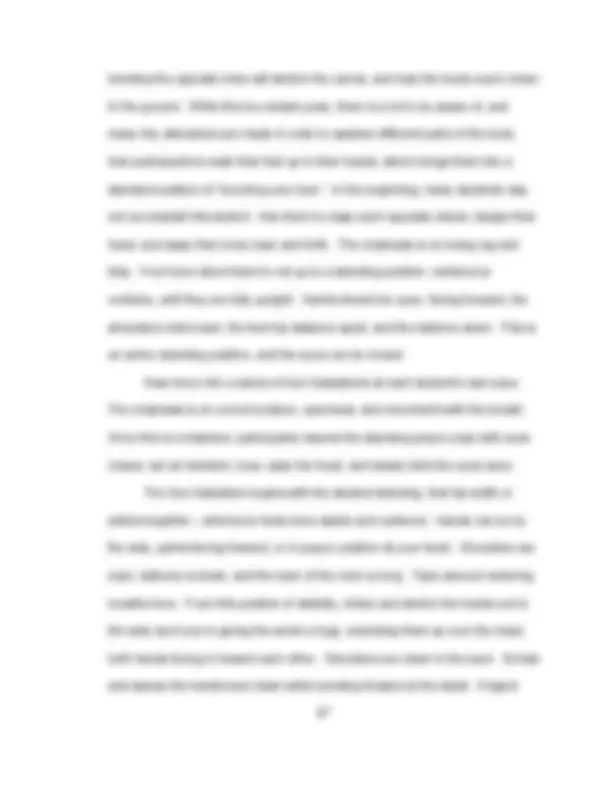
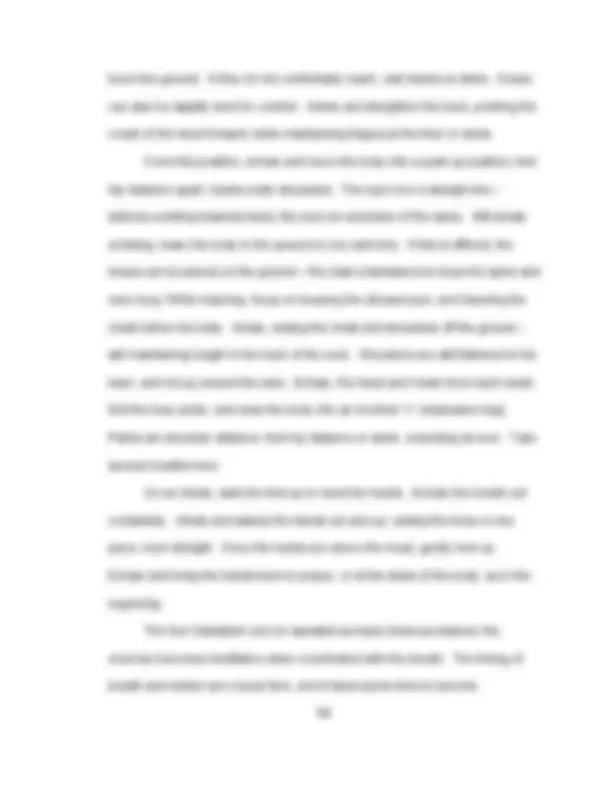
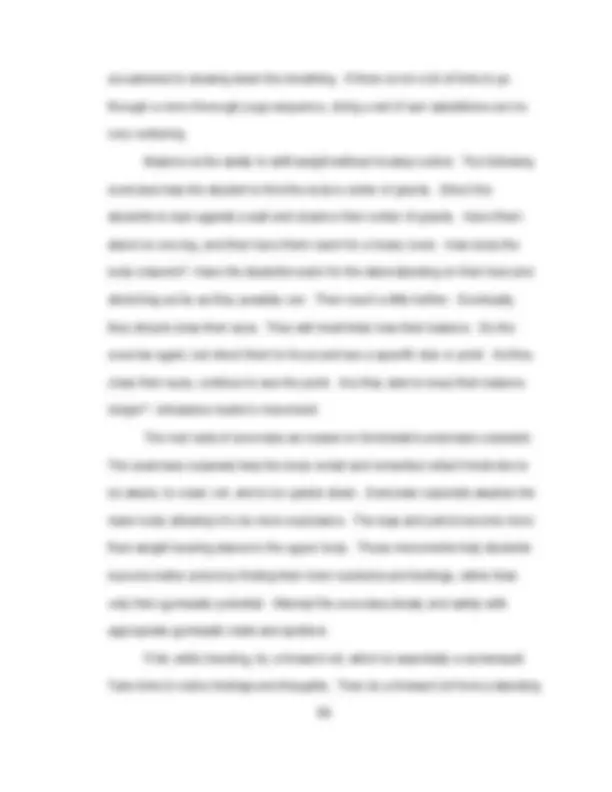
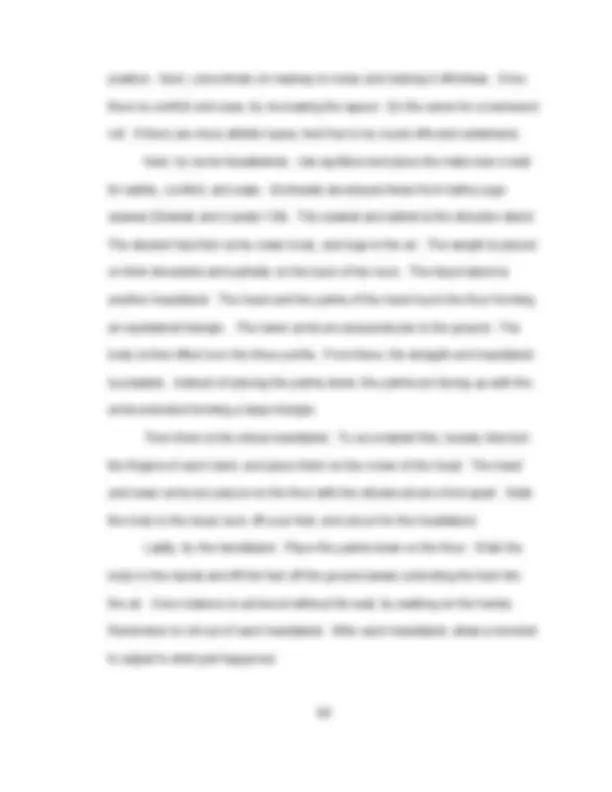
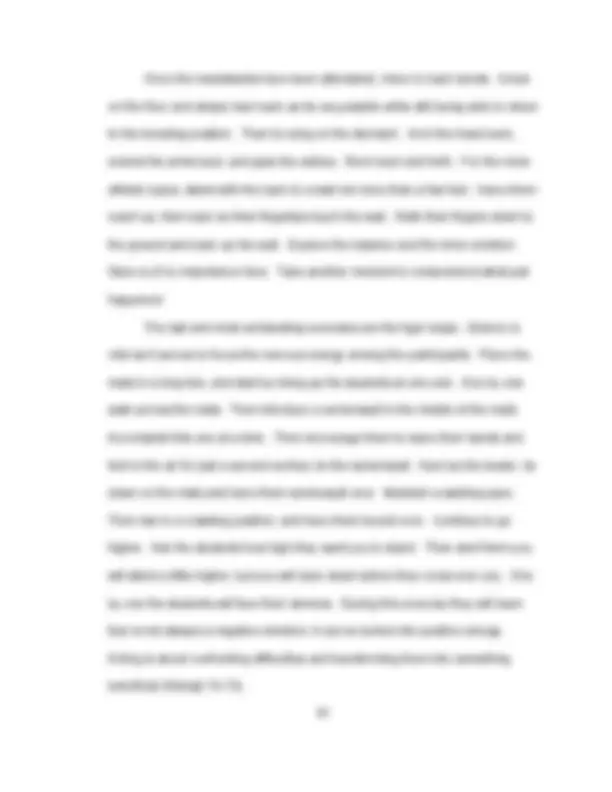
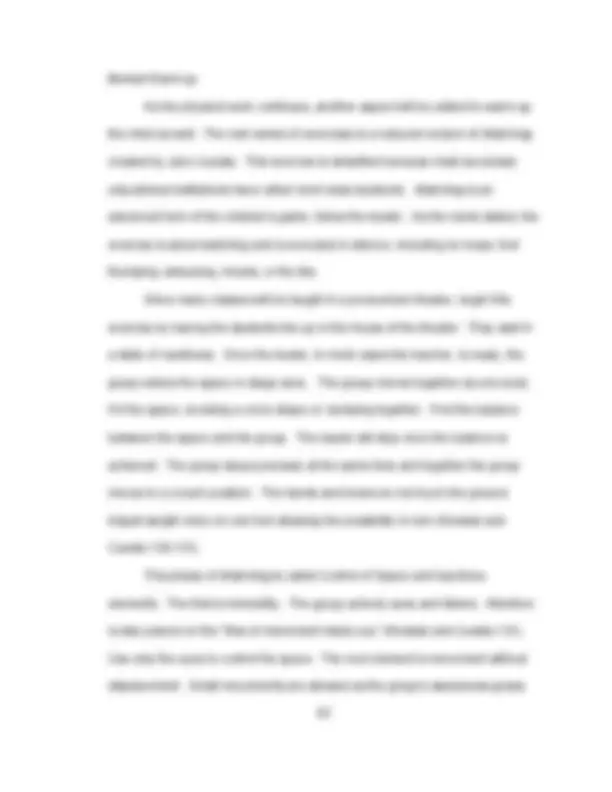
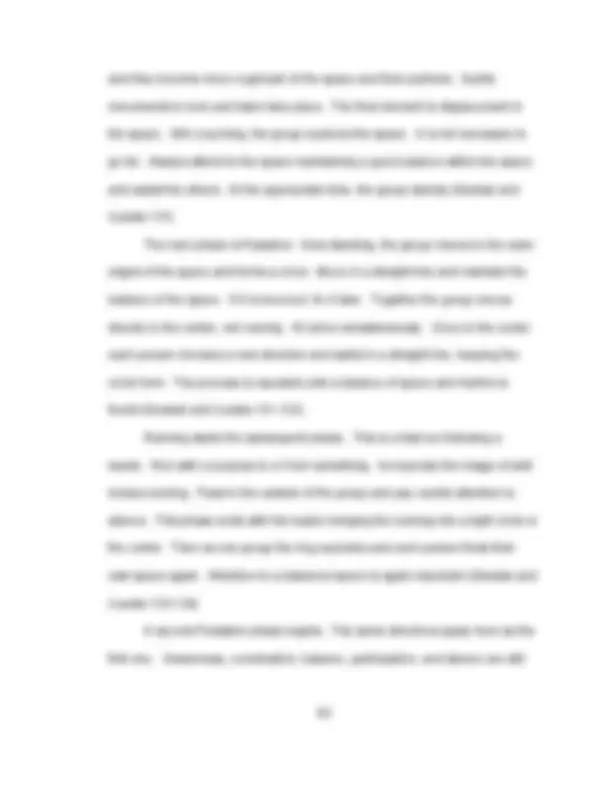
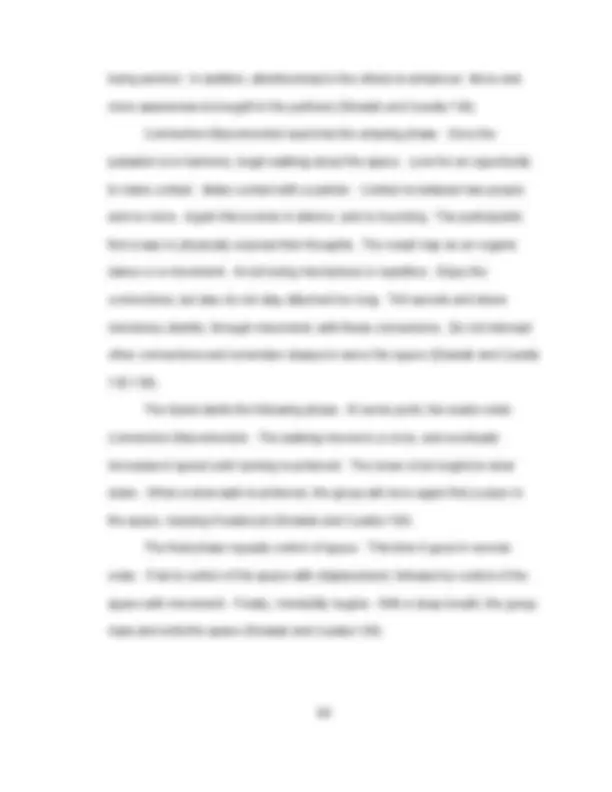
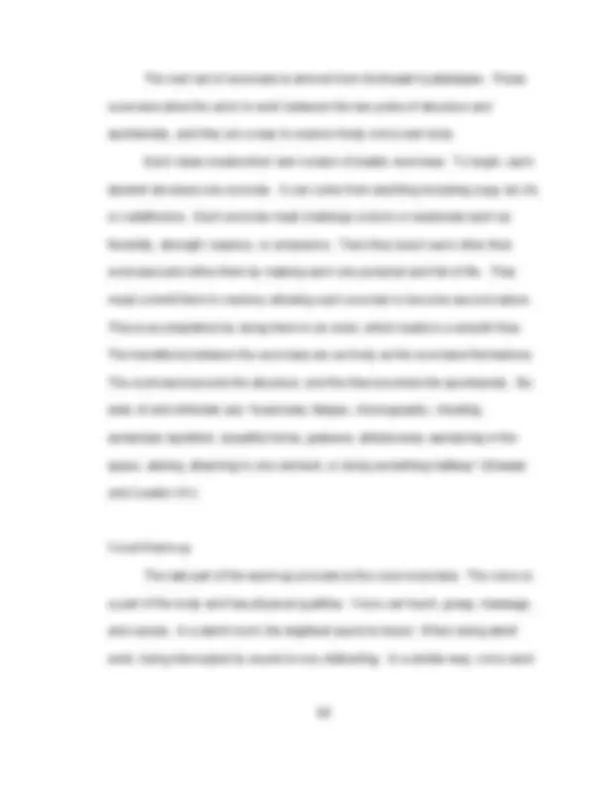


Study with the several resources on Docsity

Earn points by helping other students or get them with a premium plan


Prepare for your exams
Study with the several resources on Docsity

Earn points to download
Earn points by helping other students or get them with a premium plan
Community
Ask the community for help and clear up your study doubts
Discover the best universities in your country according to Docsity users
Free resources
Download our free guides on studying techniques, anxiety management strategies, and thesis advice from Docsity tutors
This guide explores the history and principles of physical acting, as developed by Konstantin Stanislavski and further refined by Jerzy Grotowski. Topics include physical actions, mental action, interaction, tempo-rhythm, verbal action, characterization, and more. The guide also covers key concepts from Grotowski, such as via negative, Poor Theatre, and the use of scores.
Typology: Exercises
1 / 147

This page cannot be seen from the preview
Don't miss anything!





























































































A Thesis Presented to The Graduate Faculty of The University of Akron In Partial Fulfillment of the Requirements for the Degree Master of Arts Anthony Lewis Johnson December, 2009
ii
Anthony Lewis Johnson Thesis Approved: Accepted:
Advisor Dean of the College Mr. James Slowiak Dr. Dudley Turner
Faculty Reader Dean of the Graduate School Mr. Durand Pope Dr. George R. Newkome
School Director Date Mr. Neil Sapienza
using a physical approach. Beginning with a basic history of the system of physical actions, as conceived by Konstantin Stanislavski and further developed by Jerzy Grotowski and others, this guide will define the basic principles of physical acting, including physical actions, mental action, mind and body, interaction, tempo-rhythm, verbal action, physical characterization, and total action. Both Grotowski and Stanislavski looked for ways to remove obstacles ( via negativa ), so the actor could find truth in his or her work. They saw that acting is more than a bag of tricks, method, or technique; that it is an art form that honors the actors, the process, and the surrounding world. This guide will also examine some of Grotowski’s core concepts concerning physical actions: via negative , conjunctio-oppositorum , Poor Theatre, montage, environmental theatre, Holy Actor, score, contact, and sign. Building on Stanislavski and Grotowski, other performance researchers continue to investigate a physical approach to acting today. Eugenio Barba (director of Odin Teatret and founder of the International School of Theatre Anthropology), Thomas Richards (Artistic Director of the Workcenter of Jerzy Grotowski and Thomas Richards), James Slowiak and Jairo Cuesta (Co-Artistic Directors of New World Performance Laboratory) have added new ideas to Stanislavski and Grotowski’s original concepts. A look into each of their particular additions is also included in this work. Finally, I will present a course outline and lesson plans to teach young actors a physical approach to acting. The first day or introduction to the course
lays out to students what is expected, how to prepare, and how to dress. Proper warm-up exercises are suggested. The course is divided into four parts or quarters, mirroring a typical school year. Each quarter builds upon the previous quarter’s work. A unit on mask work is included. Proper mask work enhances many of the physical concepts presented. Libby Appel’s (former Dean of the California Institute for the Arts) mask work serves as a model for this unit. She designed a workshop, which compliments physical action work. Interweaving her work with that of Stanislavski and Grotowski provides a thorough grounding in the techniques of physical acting. Why are these concepts critical to teach in American secondary education? First, arts programs are the first to feel the effects of the budget cuts facing schools today. As a result, well-intentioned teachers who do not have the experience or resources to teach basic acting fundamentals lead many high school theatre programs. Sadly, they end up teaching diluted technique at best and, at worst, clichés and bad habits. This guide is intended to help the over- loaded teacher instruct young actors in a few basic acting concepts. It also gives the most experienced teacher a more in depth course to stimulate those students who have the curiosity to discover the exciting possibilities physical theatre training offers. Second, American high school drama programs often teach bad technique or no technique. When students arrive at college, a lot of time is spent getting rid of bad habits. Why not expose high school students to the techniques of
Stanislavski was the first theater practitioner to develop the various ideas of actor training into a written and practical structure (Hodson 2008). “Stanislavski called the detailed process he invented to analyze the components of creating character a ‘system’…” (Schwarzbaum 2008). According to British theatre director Declan Donnellan, “Stanislavski’s real legacy is his effort to create life and vitality on the stage” (Hodson 2008). Stanislavski had a difficult time formally putting his ideas down on paper. He wrote two books and planned to write several others (Benedetti 2008). The English versions of these books were heavily edited and left out many of his ideas (Nightingale 2008). In fact, An Actor Prepares (first published in English in 1936), and Building a Character (first published in English in 1949) were actually designed as one book with two parts (Istel 2008 106- 107 ). Stanislavski was displeased with the edited version of his autobiography, My Life in Art. Stanislavski wanted his autobiography to introduce his theories, but the American publishers were interested in his memoirs only ( My Life in Art Stanislavski 2008 xiv). All of his work, including his journals, is preserved in Russia at the Moscow Art Theater Archive and Museum
(Nightingale 2008). Jean Benedetti (British actor, director, and professor at Rose Bruford College) spent many years researching Stanislavski and finally published An Actor's Work: A Student's Diary, a more accurate English translation of the Russian master’s work in 2008 (Hodson 2008). The lack of a complete edition of Stanislavski’s work for so many years has led to confusion and misinterpretations of his system and ideas in the English-speaking world. Since An Actor Prepares and Building a Character were meant to be one book, but were actually published thirteen years apart, many American acting teachers held the first book as the gospel and largely ignored the second book (Hodson 2008). Famed American acting teacher and long-time director of the Actors Studio, Lee Strasberg (1901- 1982 ), who never studied with Stanislavski, made the biggest misinterpretation of Stanislavski’s System with his own version called The Method (Nightingale 2008). The Method might be more accurately described as simply the American evolution of Stanislavski’s work and ideas. The Method stems from the ideas of several of Stanislavski’s former pupils, American translations of Stanislavski’s books, and the interpretations of several American acting teachers. Some scholars believe The Method to be a narrow observation of Stanislavski’s wide examination of the art and craft of acting (Hodson 2008). Publisher Talia Rodgers says this regarding The Method: Because of the way the original thirties’ translations of Stanislavski were published – relegating the section on physical actions to a separate book translated and published fourteen years later – his ideas have been profoundly distorted. Generations of actors have been taught to express sincerity and emotion at the expense of
Under Lee Strasberg’s guidance, The Method developed differently than Stella Adler’s technique. His version is based on the ideas of Stanislavski’s former pupil, Richard Boleslavsky. Boleslavsky and Michael Chekhov (1891- 1955 ) were students at the Moscow Art Theater’s experimental arm known as the First Studio (1911-1923) (Benedetti 2 008 ). One of The Method’s fundamental ideas is to attain acting “truth” by looking inside oneself. Using a memory from the past, the actor can bring a certain depth to a character by throwing himself into the emotion of that particular, previous experience. This process is called emotional recall , which will be discussed in detail later in this chapter. In theory, techniques such as emotional recall and sense memory enable the actor to find the “truth”. Plainly voiced, Strasberg believed acting is about feeling something (Hodson 2008). Stella Adler During a trip to Russia in 1934, Stella Adler also stayed in Paris for five weeks where she met with Stanislavski in personal coaching sessions. She saw differences in what Lee Strasberg was teaching and how Stanislavski was coaching her. At some point in 1935, Lee Strasberg and Stella Adler disagreed on how to teach The Method (Nightingale 2008). Strasberg told Adler: “Stanislavski doesn’t know. I know” (Nightingale 2008). Stella Adler and Harold Clurman left the Group Theater, ventured to Hollywood where they achieved marginal success, and eventually returned to New York in the early 1940s. Lee Strasberg made a fresh start working with the Actor’s Studio (founded by the
Group Theater’s Elia Kazan (19 09 - 2003 ), Robert Lewis (1909- 1997 ), and Cheryl Crawford) and Stella Adler established her own school, which eventually became known as the Stella Adler Acting Studio (PBS American Masters 2003). Why did Stella Adler revise her view on The Method, after studying with Stanislavski for a few weeks? She interpreted imagination and script to be more important than memory exercises to find the “truth”. Building on her experience with the Group Theater, Hollywood, Stanislavski, and other theaters, she refined her version of The Method. Unlike the internal style of Strasberg, she took an external approach to her technique, focusing less on memory and more on imagination and the play’s circumstances. Her technique taught actors to find character clues in the script and to use imagination rather than memory to develop a character’s background. Simply stated, Stella Adler believed acting is about doing something (PBS American Masters 2003). Robert Lewis Robert Lewis, a founding member of the Group Theater, also became a well-known teacher of The Method. His ideas took Strasberg’s and Adler’s ideas a step further. Robert Lewis thought that some of what Strasberg said was significant and some of what Adler said was also vital. He did believe, however, that Adler’s ideas were more accurate to actor preparation (Lewis 1984 53- 84 ). Following his travels to Los Angeles and London, Robert Lewis made his mark on The Method. After leaving the Group Theater and failing to succeed in Hollywood in the way he had hoped, he returned to New York to start the Actor’s
lines of a play are to be memorized neutrally so that the truest responses come from within the moment. At first, actors are not permitted to have any emotion, tone, or expression attached to the script. During rehearsal or performance, the actors respond to the given circumstances around them and the emotion originates from the natural reaction the actor has to the scene. Meisner’s process allows the actor, physically and vocally, to react freely and spontaneously, and encourages them not to think about what they are “supposed” to do or say. Based on improvisation and guided by impulses, the essence of the Meisner Technique is living in the actor’s moment (PBS American Masters 2003). Uta Hagen Herbert Berghof founded his own studio in New York. Uta Hagen, his wife, became the studio’s legendary teacher. Uta Hagen’s acting style has its origins in The Method. Like her predecessors, her methods were founded in Stanislavski’s ideas (Feingold 2004, 1 ). In her books, she discusses emotion memory, sense memory, action, and objectives as well as many more of Stanislavski’s techniques. However, like Strasberg, she believes that by combining the two exercises, emotion recall and sense memory, an actor can bring forth the appropriate emotion during a performance. Emotions from memory are triggered recalling a part (one of the senses) of the emotional memory. She also believes that one cannot become desensitized to a memory; a memory, which could cause an actor to cry, should always work. If it does not
work, it is somehow the actor’s fault. For example, by anticipating the emotion, one can cause the emotion to lose its novelty (Gyford 2007). This chapter gives a glimpse of the origins of most American actor training and how it has evolved. Although there are many differences and nuances to each teacher and their technique, Stanislavski and The Method are the main influences on American actor training. Most actor training programs in the United States hold one of these systems, if not both, as the core of their programs.
To Stanislavski life is art, and theater should flow with life. The title of his autobiography, My Life in Art, is no coincidence. According to Stanislavski, being full of life translates to truthfulness (Donnellan 2008). Stanislavski spent most of his life researching his System. The rehearsal system, refined during his last years, eventually became known as the “System of Physical Action”. Today Russian scholars more accurately identify it as a, “System of Analysis through Physical Action” (Merlin 2001, 4). In America, this later work is not well known. However, in order to understand his final work, one needs to turn to the beginning. From childhood, Konstantin Sergeevich Alekseev (Stanislavski) was influenced by the theater, opera, ballet, and circus. At the age of fourteen, he began writing journals in which he analyzed theatrical problems. He continued to keep a journal until sickness and untimely death at the age of seventy-five (Merlin 2003, 2-3). One of his first quandaries was how to construct a universal theatrical language. Stanislavski’s goal was to create a vocabulary similar to that of musicians. He was envious that musicians had the ability to communicate freely with each other using the same language ( piano, beat, coda, forte , etc.) during their rehearsal process. While working on a play, he wanted to establish simple terminology where actors from anywhere in the world could easily and quickly understand their directors. ( My Life in Art , Stanislavski 2008, 316-318). Although a language was not completed by the time of his death, he did leave a healthy beginning. Terms such as action, circle of attention, emotion memory, object of
attention, supertask, tempo-rhythm, and through action have entered the performer’s lexicon and will be explained throughout this chapter. Late in life, Stanislavski outlined seven books to accomplish his goals. Unfortunately, the only volume he successfully wrote and finished was My Life in Art , and he despised the highly edited English version. An Actor Prepares, or as it is more precisely translated, An Actor’s Work on Himself, Part One , was left incomplete at his death. By looking at his notes, it becomes clear that Parts One and Two were meant to be one book. However, American publishers thought the book was too long so they spilt the book in half. In the English versions, Part One became known as An Actor Prepares and Part Two, which was published after his death from a draft, became known as Building A Character (Benedetti 2008). Stanislavski feared that if the two parts of the book were separated, confusion and ultimately misinterpretation would follow. That is precisely what happened when Building A Character (or part two) was first published in 1949, thirteen years after part one. Another important fact is that half of each book ( An Actor Prepares and Building A Character ) was edited out in the English versions. Further, all other books he allegedly wrote (i.e. Creating A Role ) were nothing more than a collection of notes, outlines, and research. Someone other than Stanislavski edited and wrote the books the English-speaking world attributes to him (Merlin 2008 2-4). All of Stanislavski’s writings or Collected Works can be read unedited in Russian. However, the work needs to be looked at within its historical context.